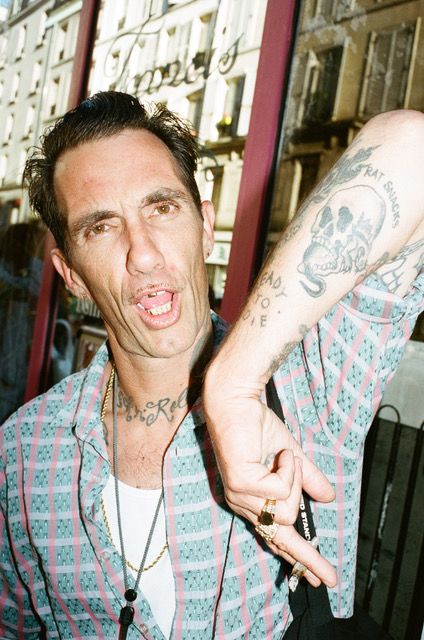Life Can be a Family Business: No Show Official @ Paris Fashion Week
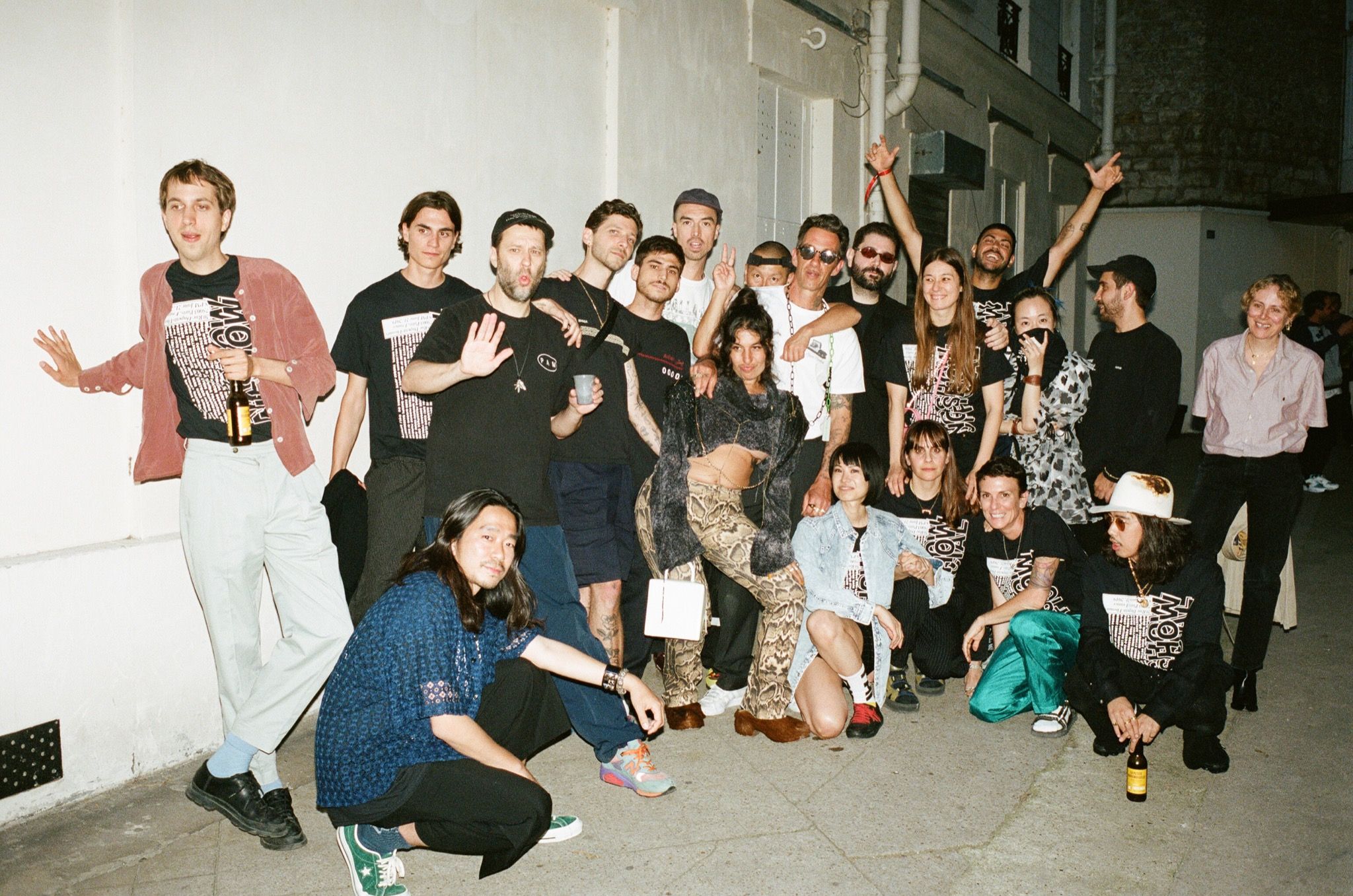
Late last month, during the Spring/Summer 2020 presentations in Paris, seven fashion labels came together along with an extended community of stylists, performers, and friends for the first-ever NO SHOW OFFICIAL (NSO). Co-presented by COOL WORLD and staged as a multi-dimensional street takeover in the French capital’s 3rd arrondissement, NSO debuted as a new platform for showcasing independent designers’ work, operating according to the principles of collaboration, sharing, and spontaneity – alternatives to the competition, waste, and temporal requirements that continue to define the big business of fashion. For now.
Looks were mixed at NSO, rather than being brand-specific – a somewhat groundbreaking part of the project’s effort to reflect “real life and honesty,” and embody “the way we dress ourselves day by day.” Participating labels were P.A.M. (PERKS AND MINI), ARIES, SOME WARE, ADISH, UNITED STANDARD, COME TEES, and FACETASM; dressed in their cross-pollinated looks were Kozue, Liam Hodges, Sarah Colette, Cali Thornhill Dewitt, the Medea sisters, Shaniqwa Jarvis, Edwin Faeh, and Camille Bidault-Waddington, among other NSO intimates. Interviewed here are project instigators and participants Thornhill Dewitt – a long-time 032c friend and collaborator – and Brendan Fowler of Some Ware, and P.A.M’s Shauna Toohey and Misha Hollenbach. Everyone we spoke to has an individual creative practice, but in the spirit of pure collaboration, they all (appropriately) declined to share their exact individual roles in bringing the project together. Instead, they shared their joint optimism for the future of working together in fashion, and in the creative beyond.
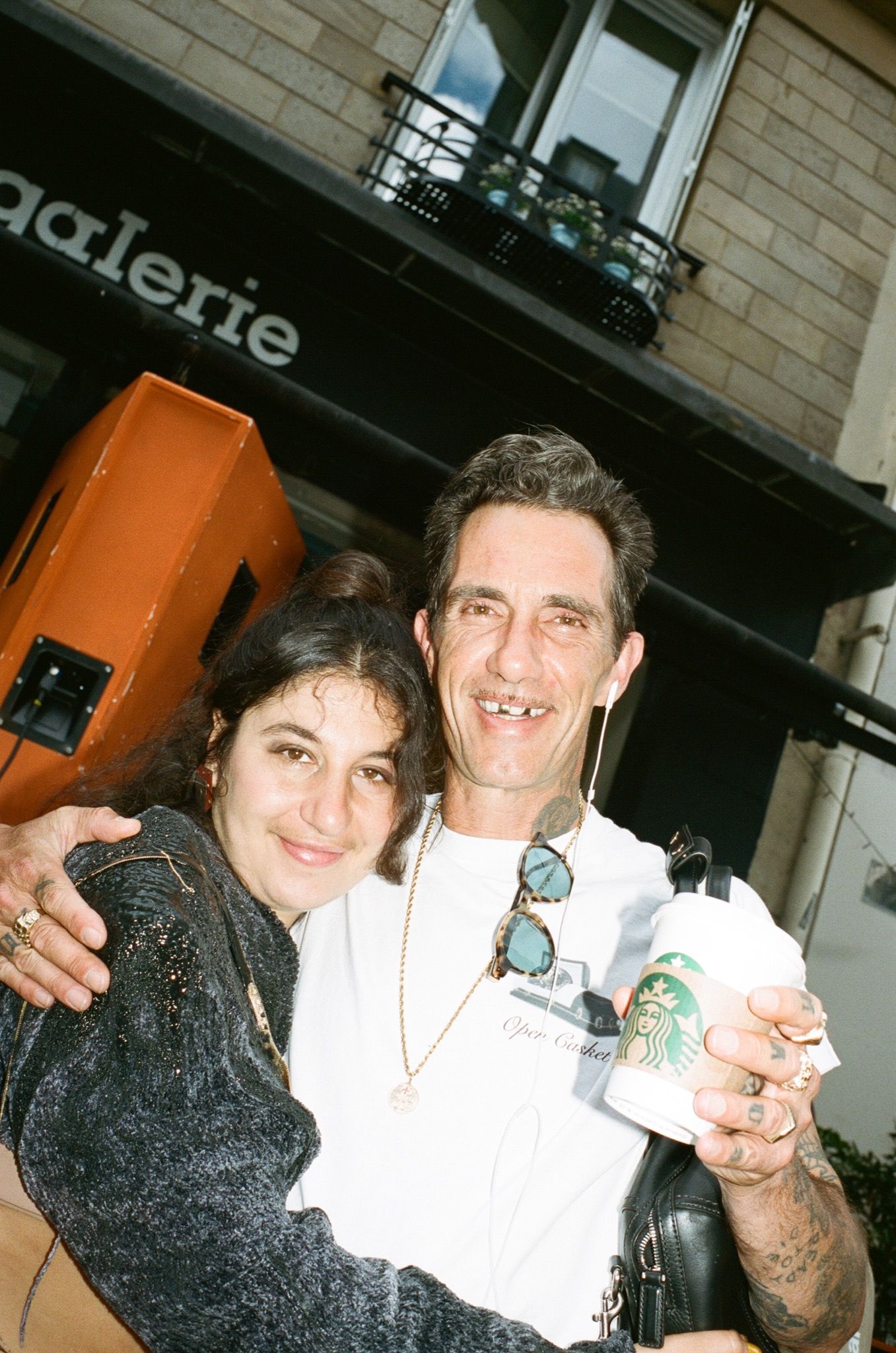
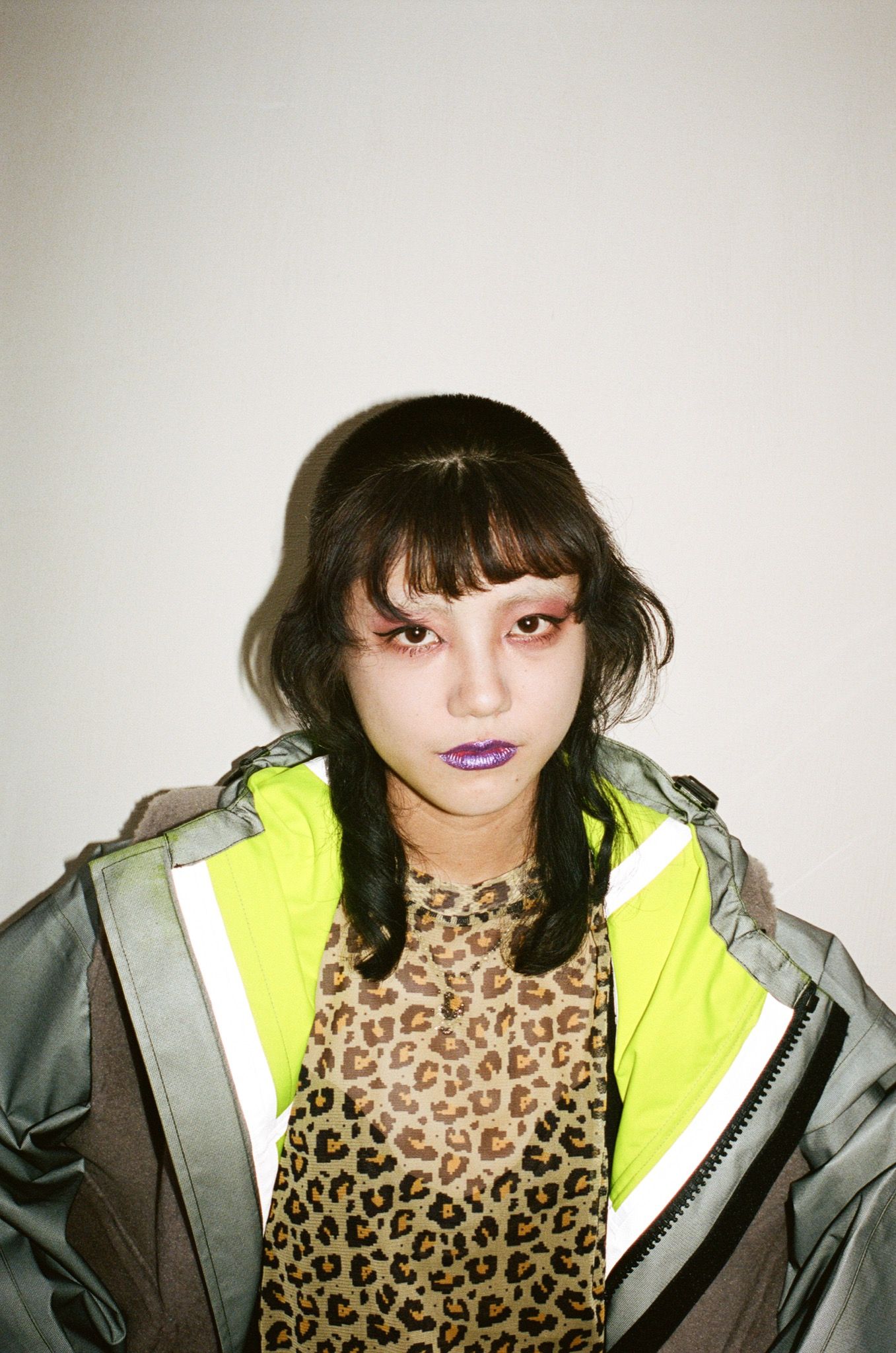
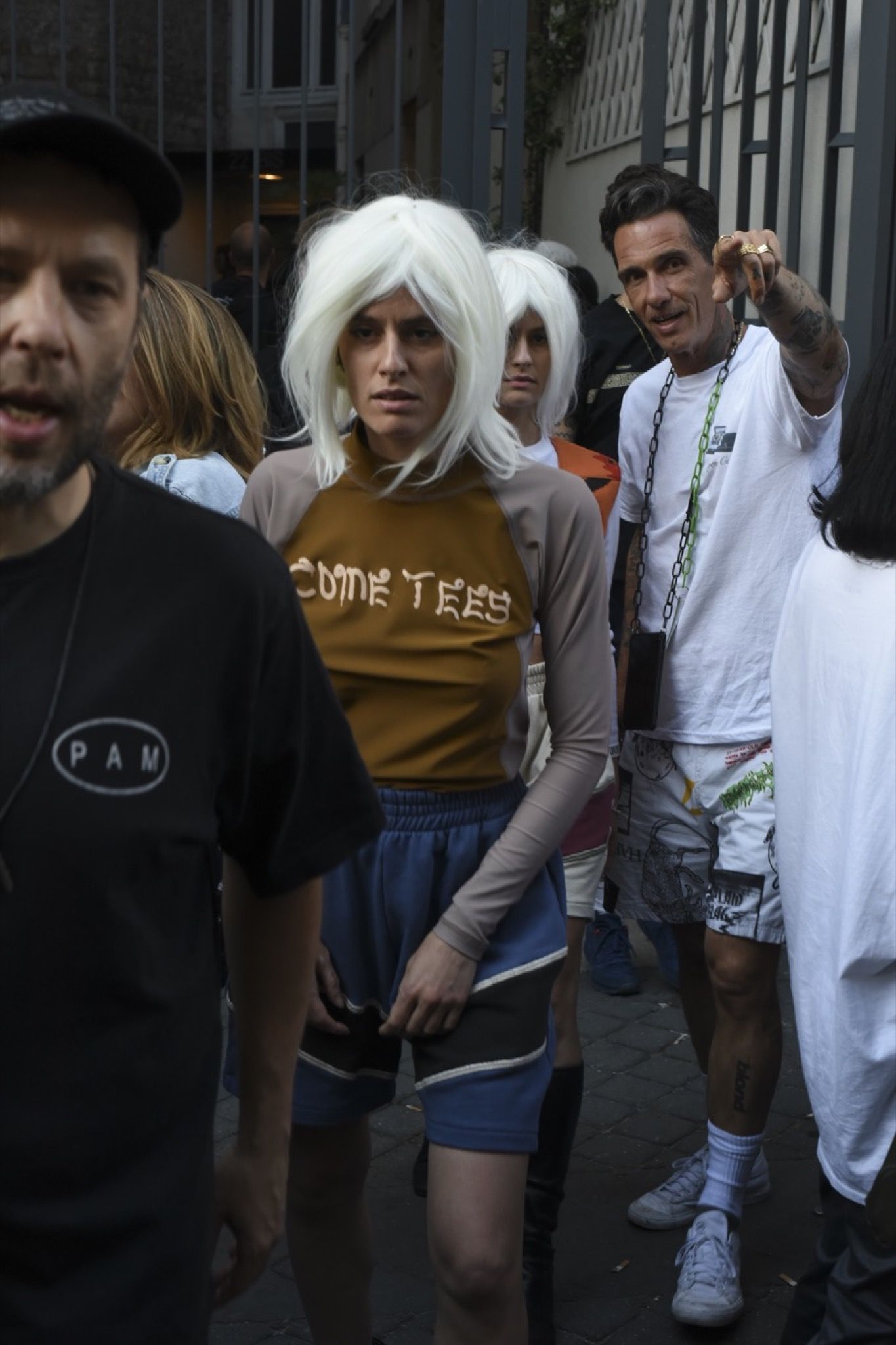
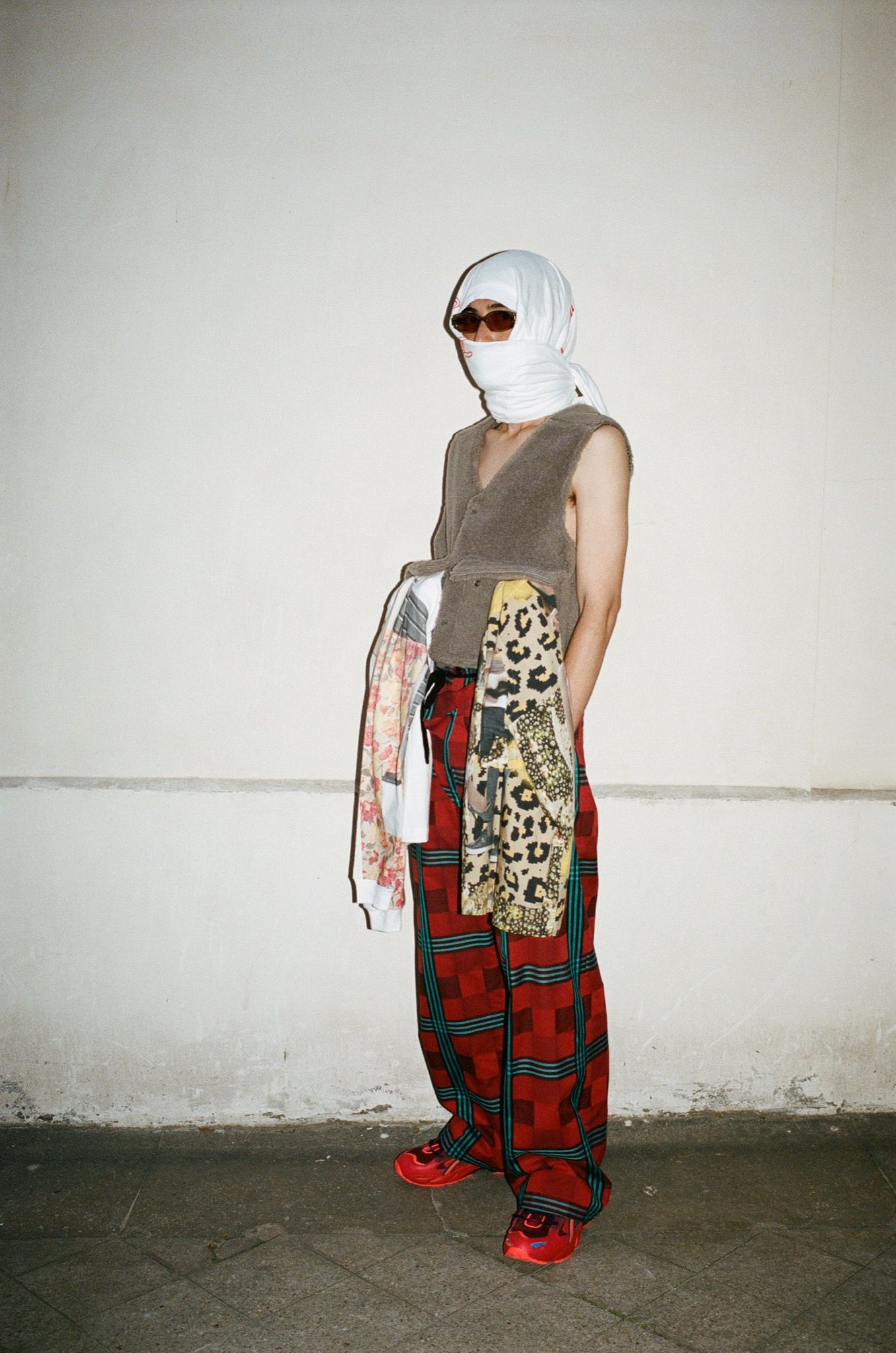
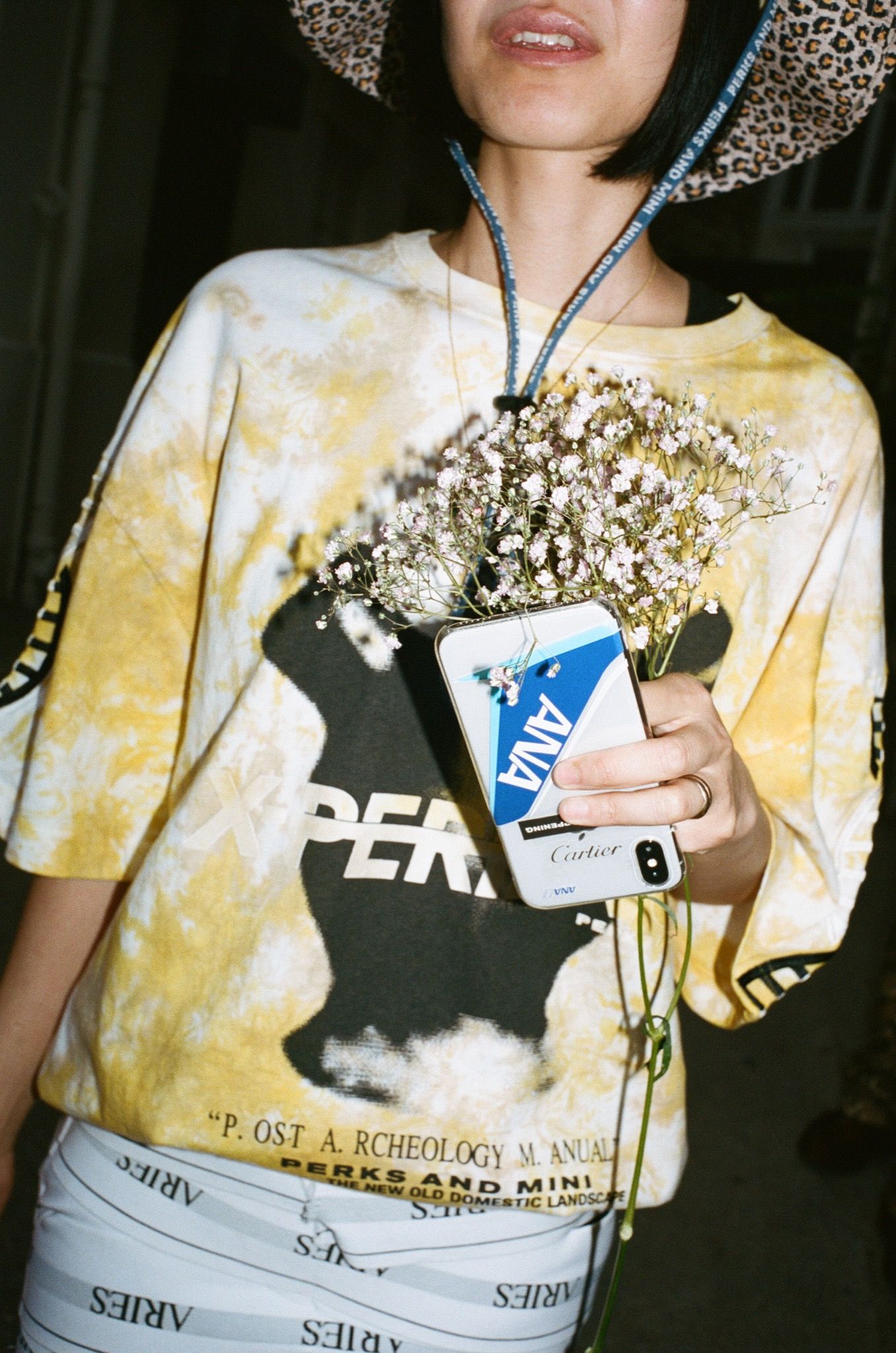
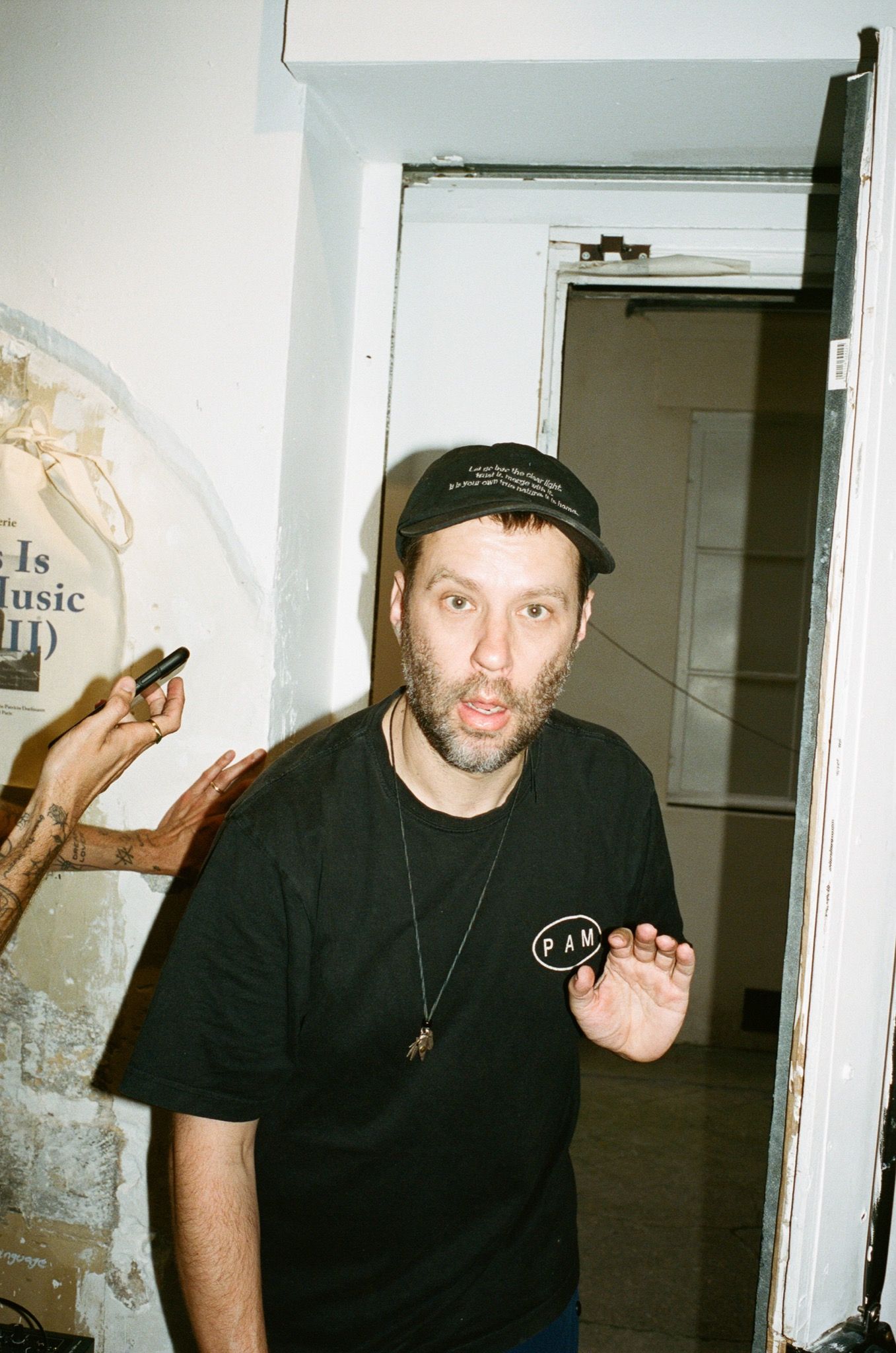
👇👇 Scroll all the way down for your post-show bonus: the NSO mission, interpreted by FABRICE PAINEAU 👇👇
Why is collaboration important today as a work model? Is there something about the current social, political, or economic climate that makes working together across brands and disciplines especially significant in 2019?
BRENDAN: Anytime we’re all in it together we can get more done. I hadn’t thought of the project in political terms, but I will say that I think we presented a definite unified avant-garde/ peace/ love/ freedom/ bohemian/ unity/ inclusion agenda. I find it sad to think that people from all over the world coming together to work on something would be radical or progressive, but in light of the current waves of nationalism and xenophobia sweeping Earth, maybe it is? The No Show Official project is definitely on a UNITY WAVE.
CALI: Figuring out how to collaborate and work with others is the ideal for me. Group experience, shared experience – this builds community, and community for me is a richer and more interesting existence. The most joyous and productive moments in my life involve others, not me alone.
SHAUNA: I think collaborations were popular in Japanese streetwear in the 2000s, and as streetwear became more accepted by the fashion world collabs became more commonplace. In this sense there’s too much of it now, but for me those aren’t often real collaborations. A real one takes you somewhere you can’t go by yourself. You can break new ground and find new ways thought. When the world is pushing us to me more and more singular, I don’t think that’s a good trend. It leads to loneliness, disempowerment, and dissatisfaction. We need to consciously push against this and make efforts to work together and do things as a community. There’s so much to be gained by dialing down the ego and working together. In this way a true collaboration is an important action right now.
MISHA: If we think about the ideas of society and progress, we need to act together, not as individuals. The individual of course needs to act as a force, but needs to shift the focus from their own gain to the collective cause. Everyone one of us can exude energy, give time, money, actually whatever they can – even a smile! – to add to the fabric, the ambience, and the support of society. For too long, the system has been dominated and controlled and fucked up by singular visions – of all those rich, fat bosses, and those aspiring to become them. In its relationship to fashion, NSO attempts to shift the balance from the big brand/superhero designer to a much more living, democratic, inclusive, and communicative spirit.
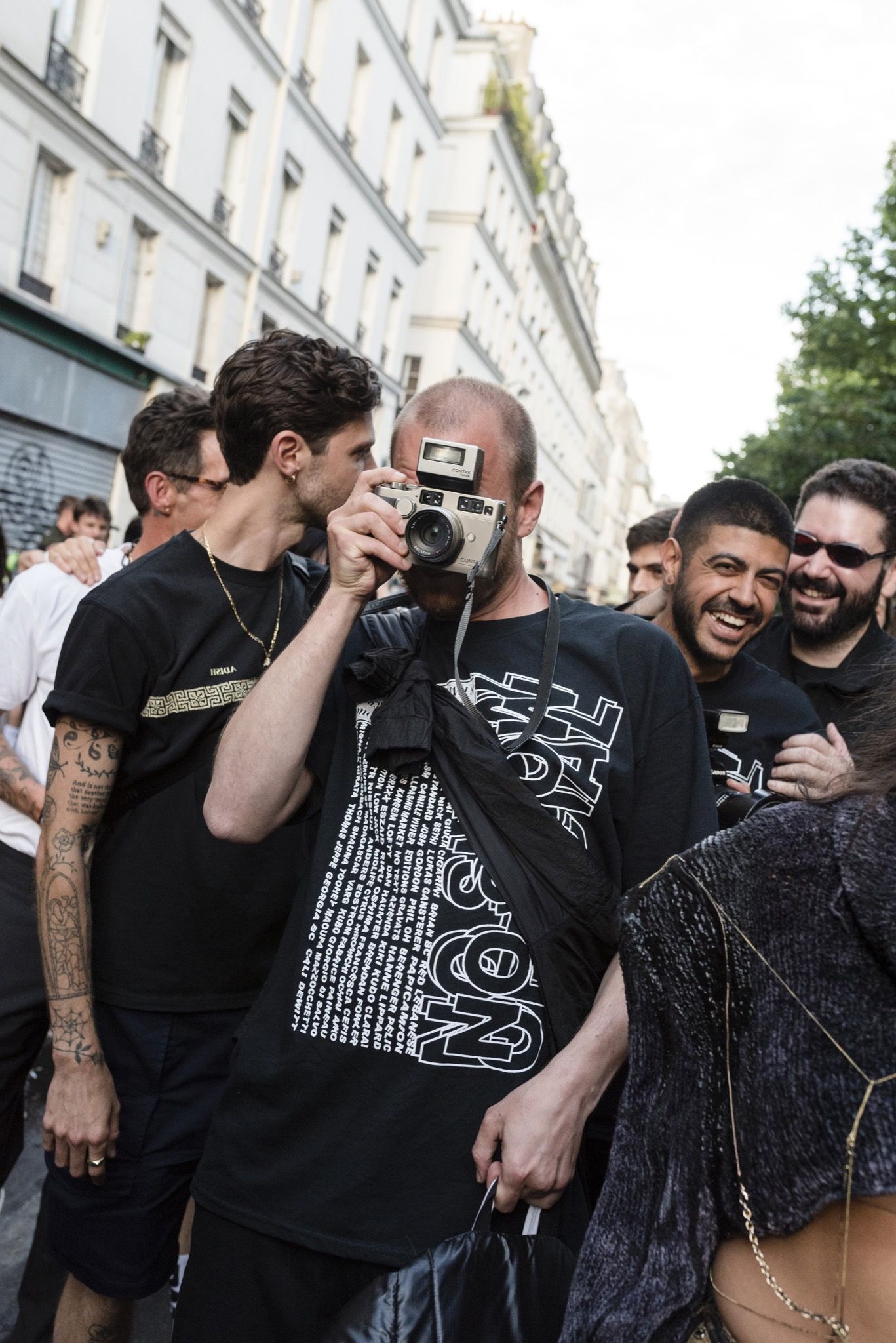
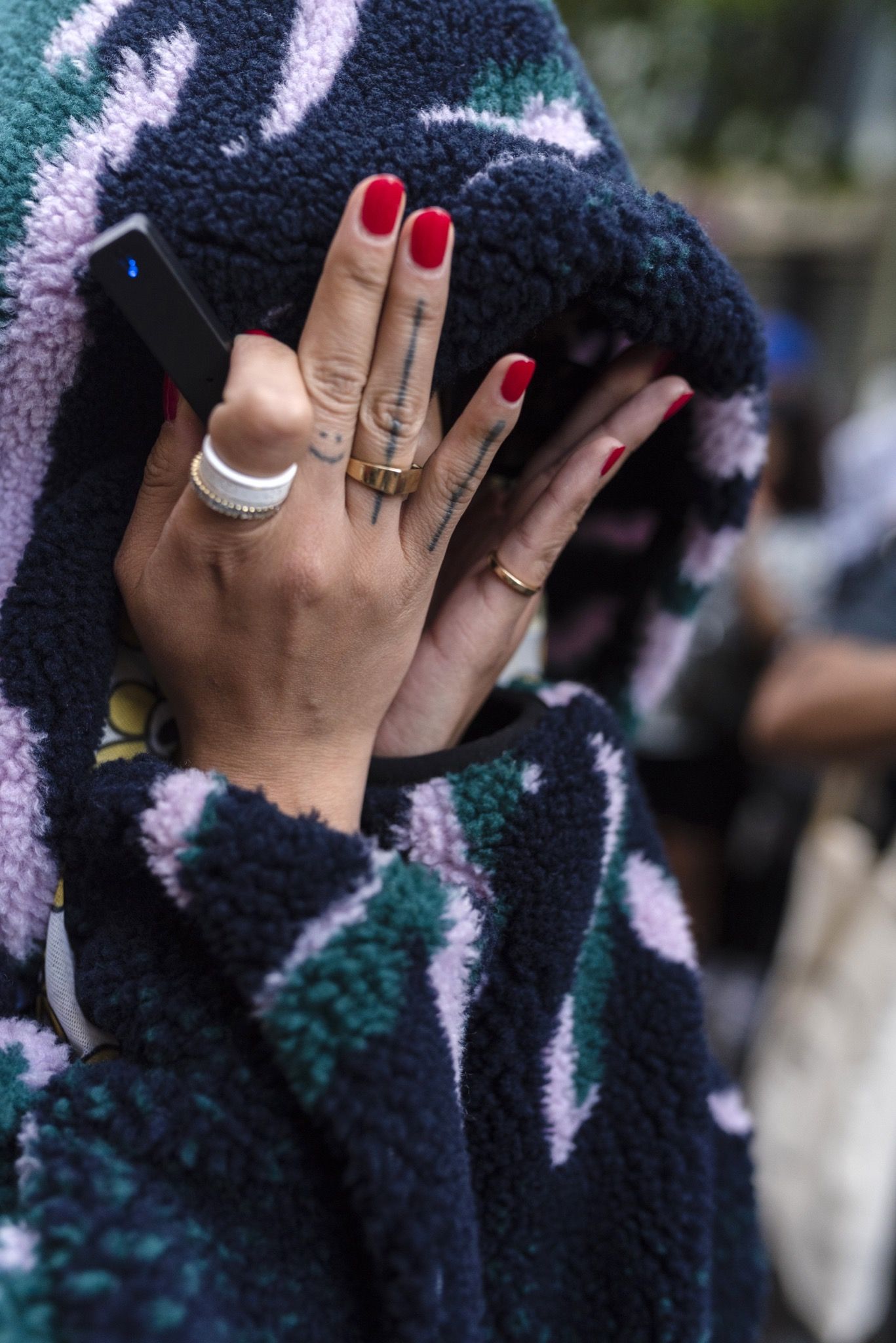
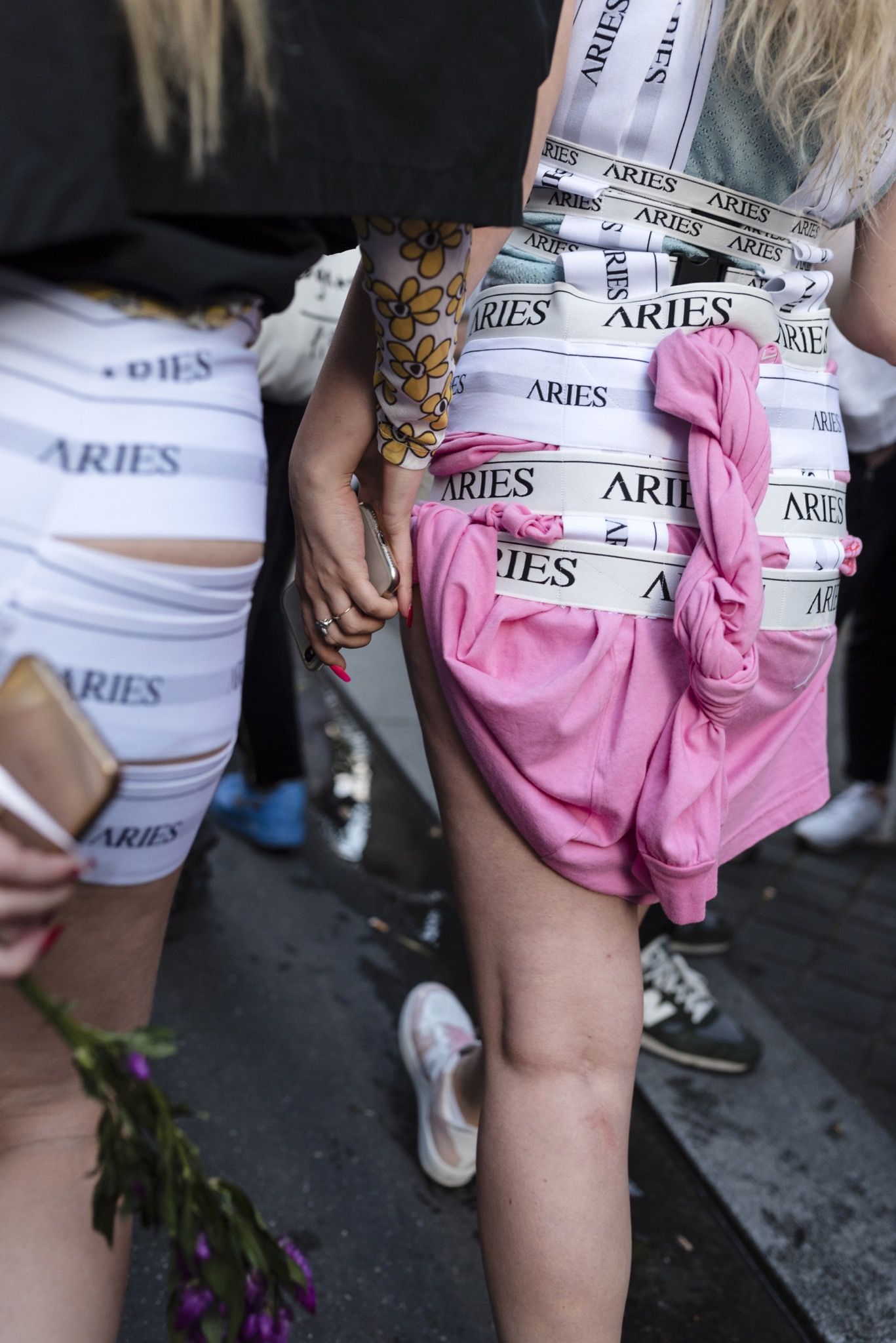
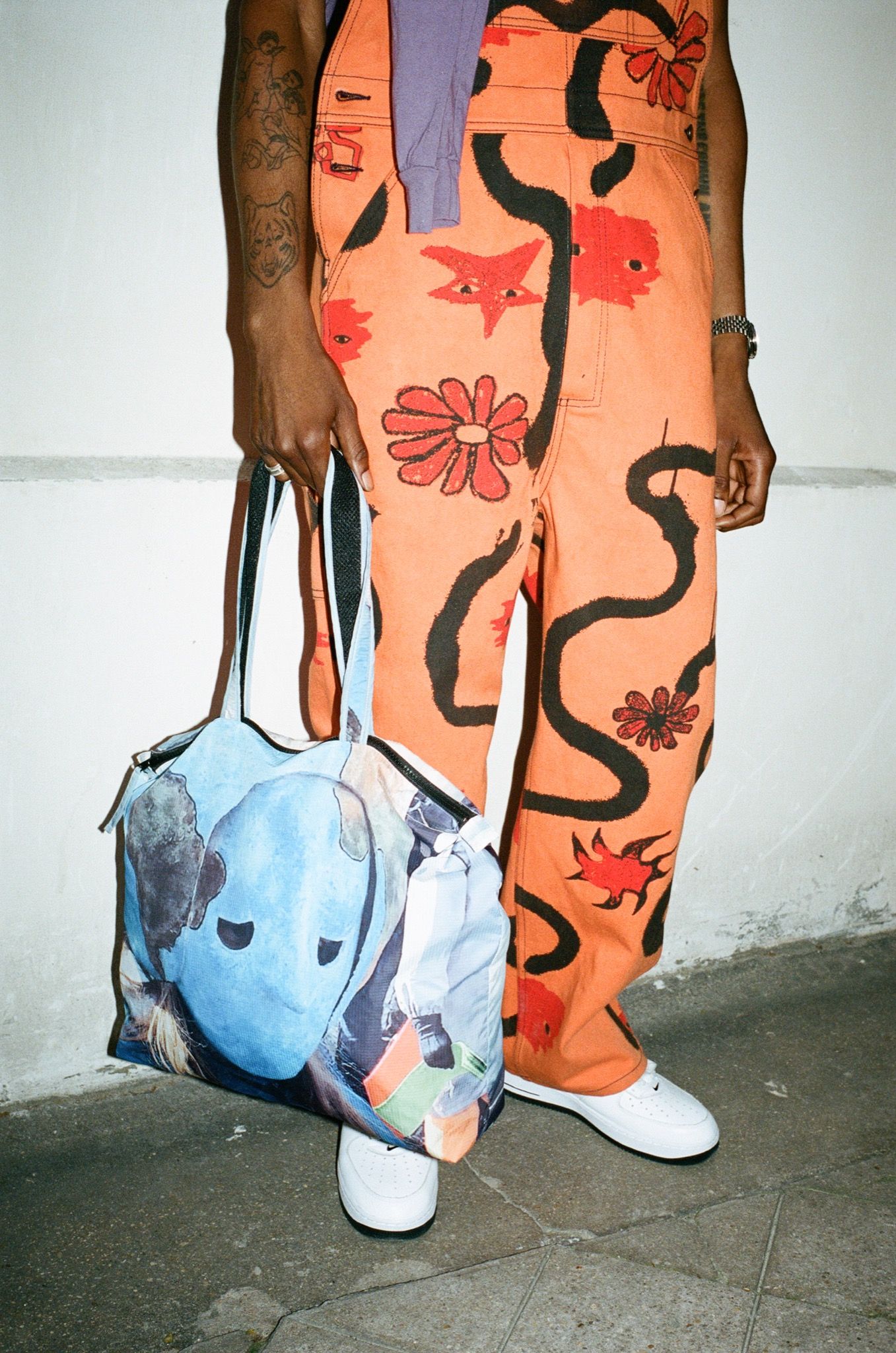
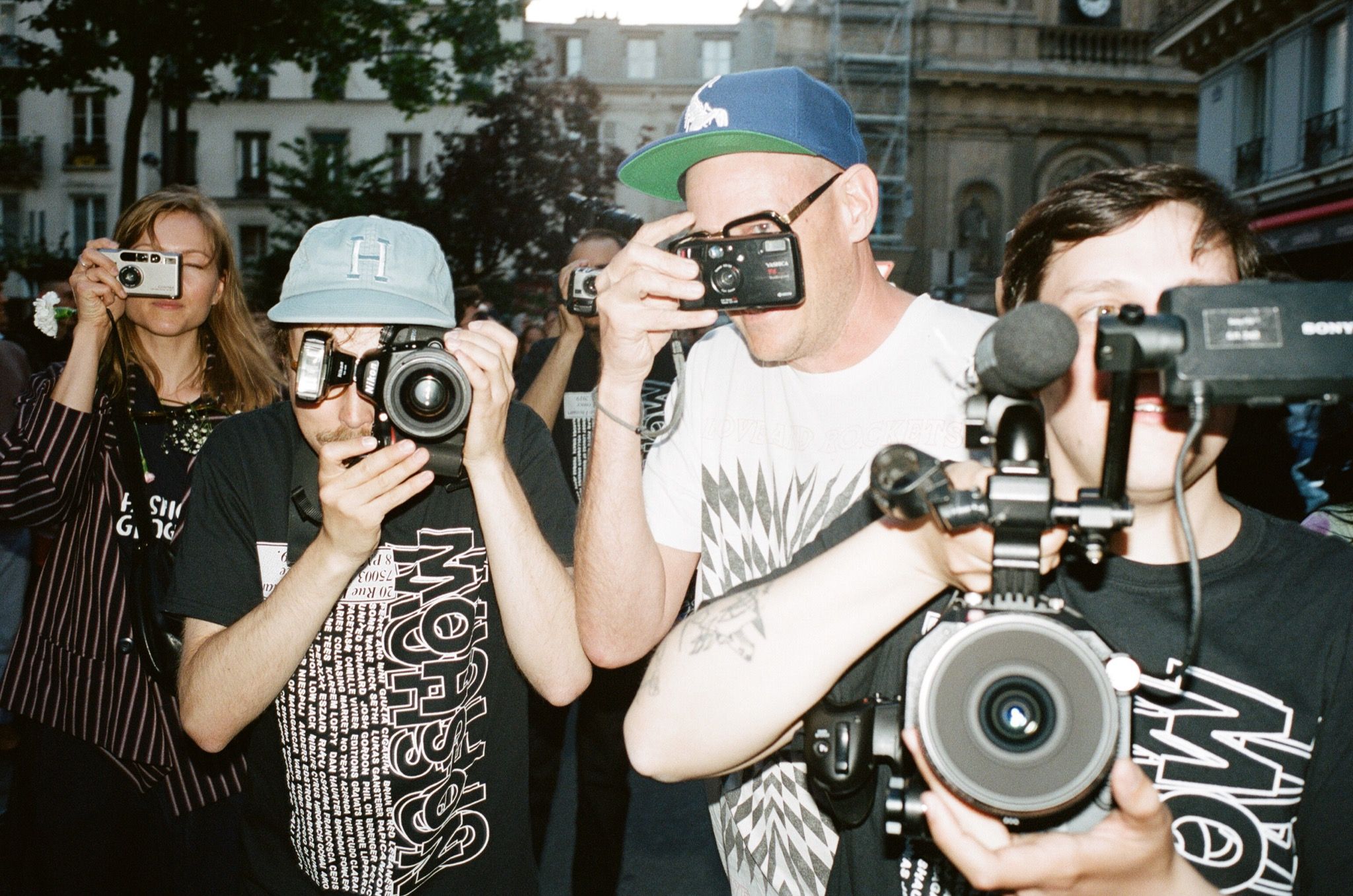
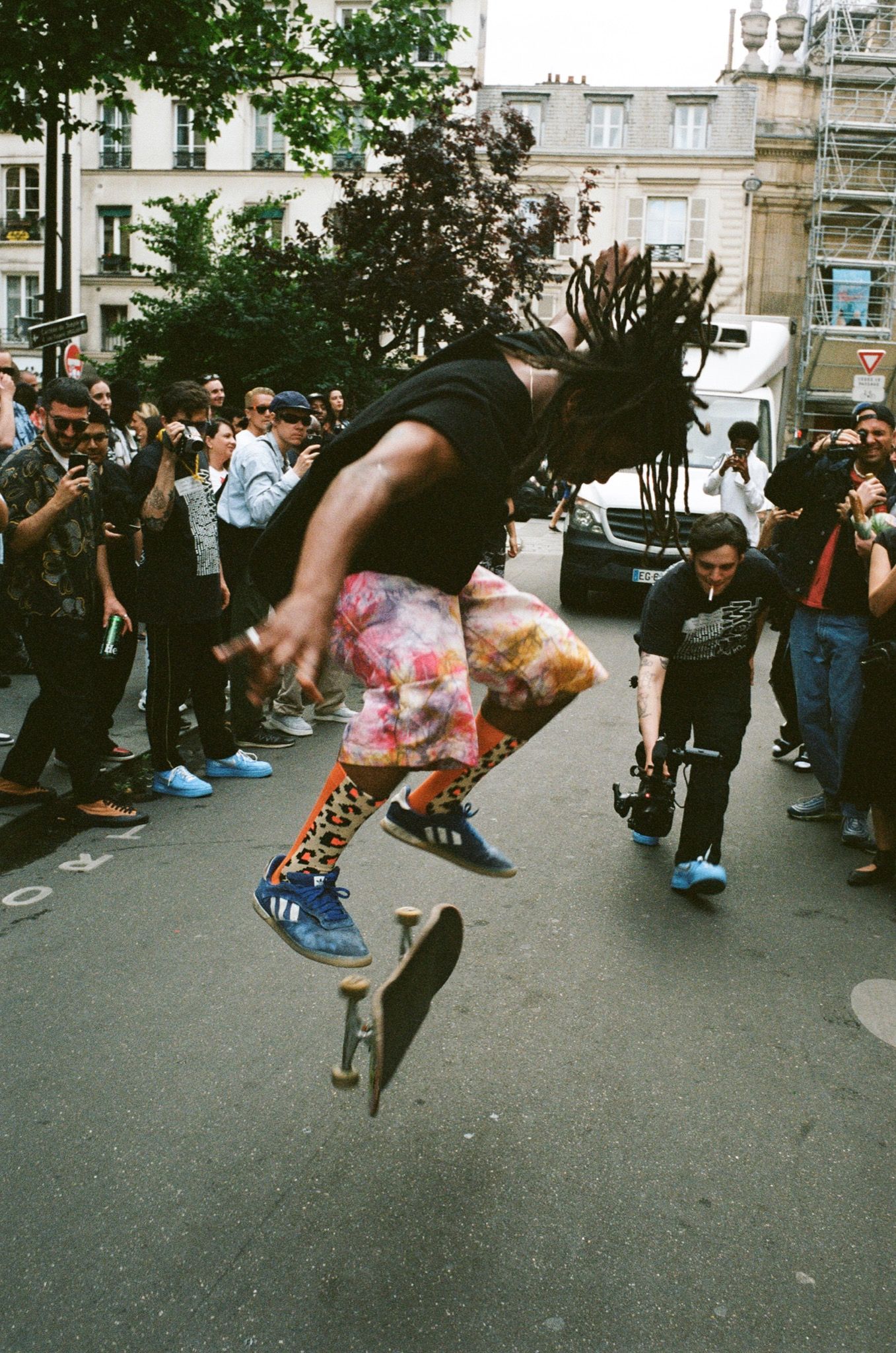
So you see the NSO philosophy as having political/social meaning in addition to creative meaning? An environmental message, maybe?
BRENDAN: The fact that we could throw an event like this for under €5k or however many euros we spent somehow feels like an environmental victory, mainly because it was so lean. No invitations – just information. Everyone involved was already going to be in Paris during this time, so it didn’t really even have its own carbon footprint.
CALI: Ideally, working as a group brings out all of the individuals’ strengths. You’re pushing each other while helping to lift each other. Environmentally, you are practicing sharing. And as time moves forward, sharing is something that people are going to need to become more comfortable with.
SHAUNA: I see a very clear environmental message from NSO. In the fashion system, to have a voice and take space you need to make a complete collection – in all categories – and show according to the season, which can be up to 4 times a year. A lot of product is made to be shown on runways or look books, but that’s it – it never gets made. So there’s a lot of waste in that. Sustainability is about how you make things, but it’s also about choosing not to make things. Why not have a group get together and present a whole look made up different labels specializing in different aspects? For example, someone makes the outwear, someone else the sweats, someone else the shirting or shoes … together you can offer a world. Not to mention the debt and stress that comes with trying to make a whole world alone, without big investor budgets. I also question if it’s satisfying to make clothing that is never worn after it’s shot on a runway?
MISHA: At this stage, in 2019, we need to ask: what do we need? What don’t we need? Environmentally, we really made nothing unnecessary – we brought in a sound system and some ice for the bar, but essentially no stage or props or resources were used. The setting was the street, and there was no budget. Human energy powered this. As the evening progressed, more and more people joined. A spectator was often pulled in to model a look. The success of NSO was measured by the smiles on people’s faces. Spectacle, gift bags, and budget excess should be things of the past. I’m not suggesting that we stop everything, but really we need to really consider how we are using resources. If we’re making something to make money, or just to complete a look, well that’s not enough of a reason.
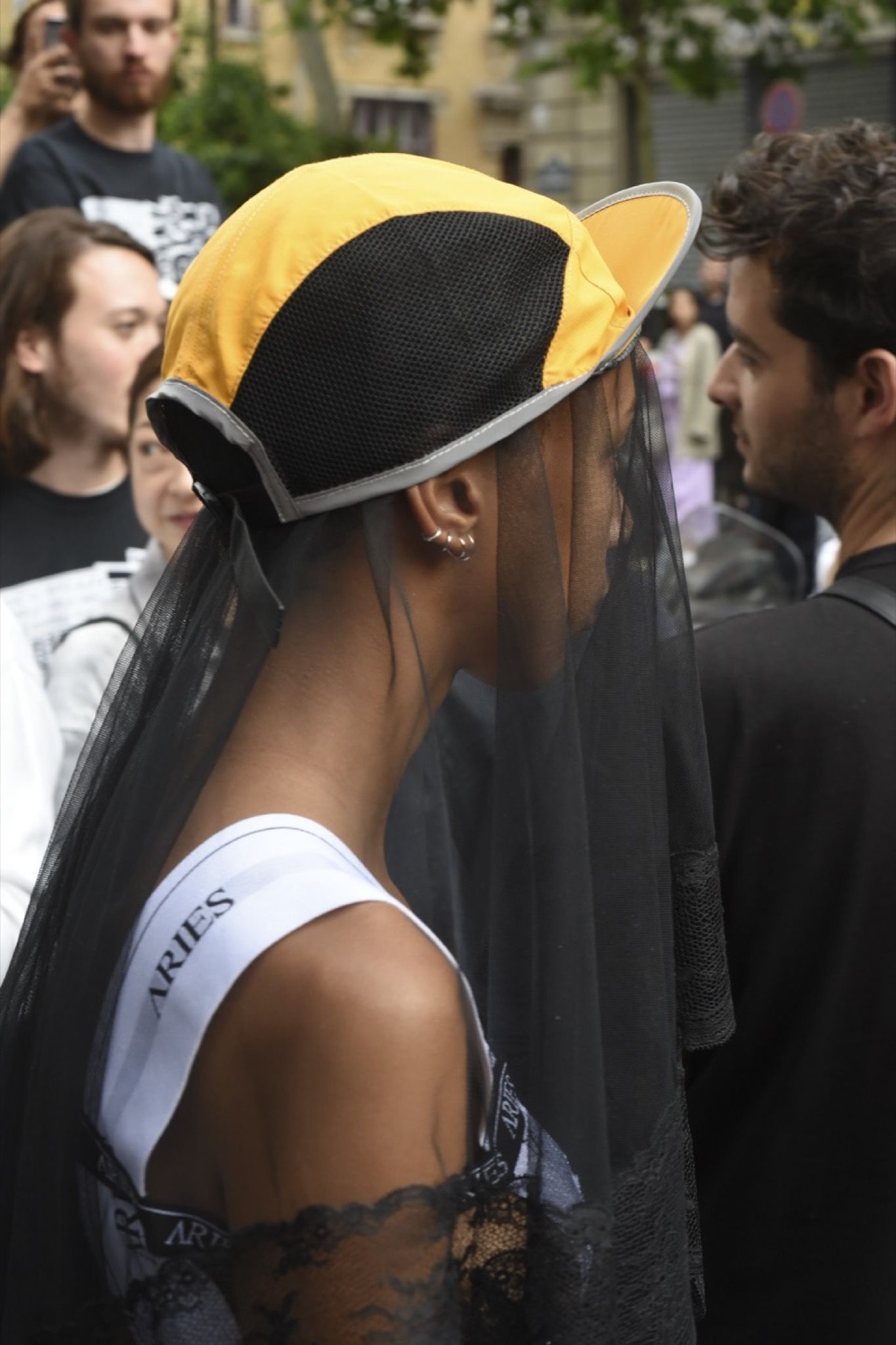
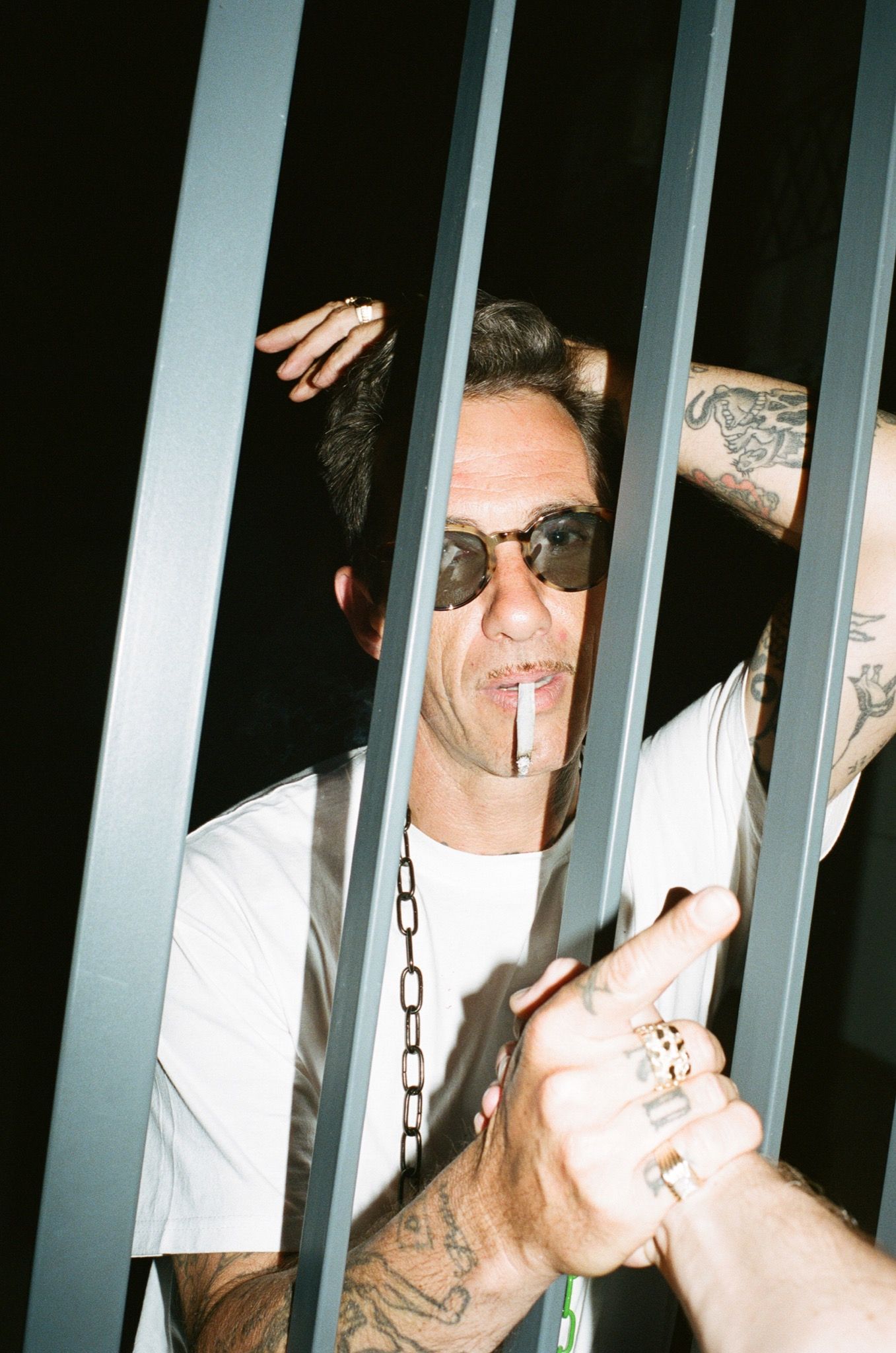

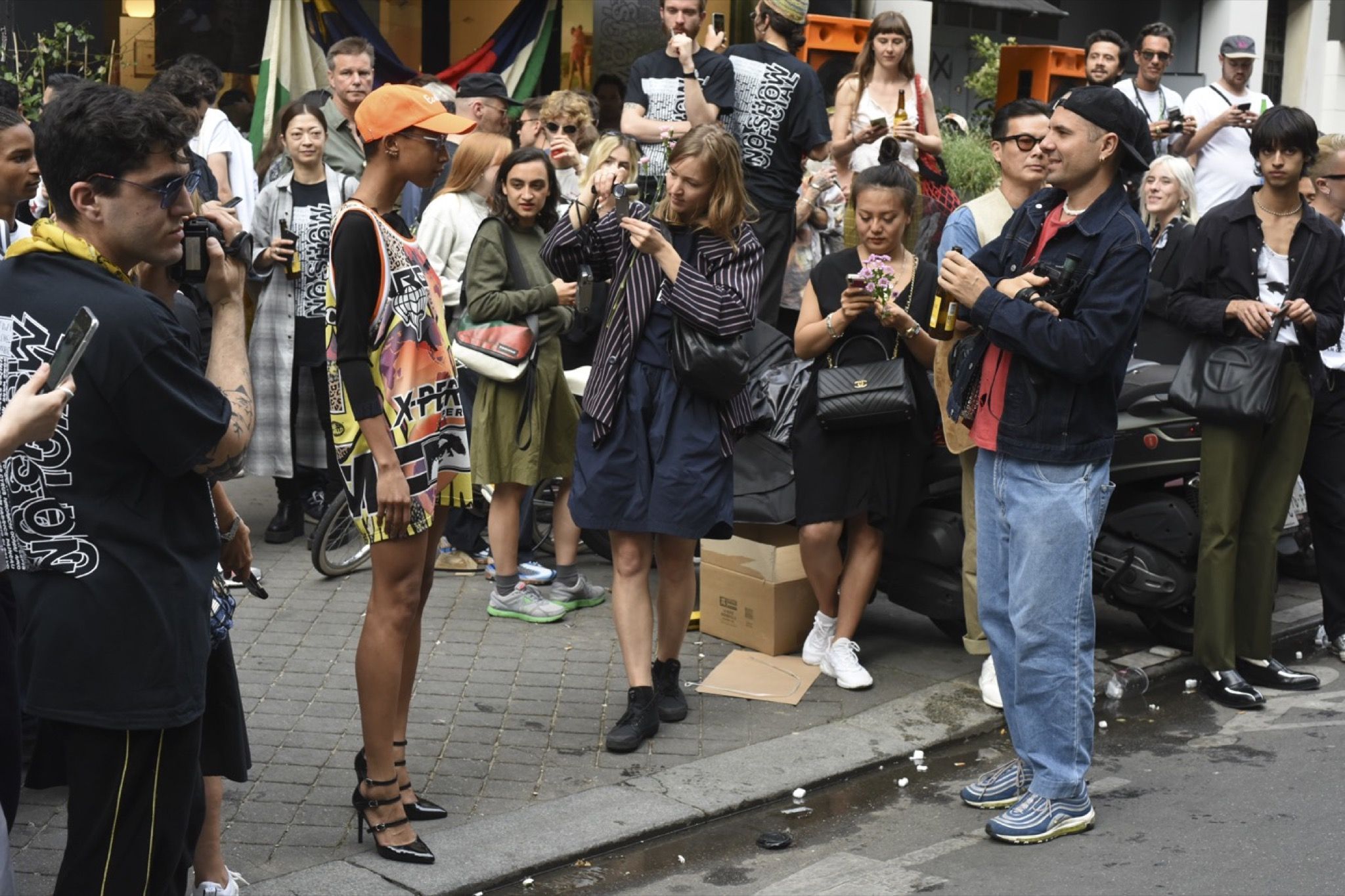
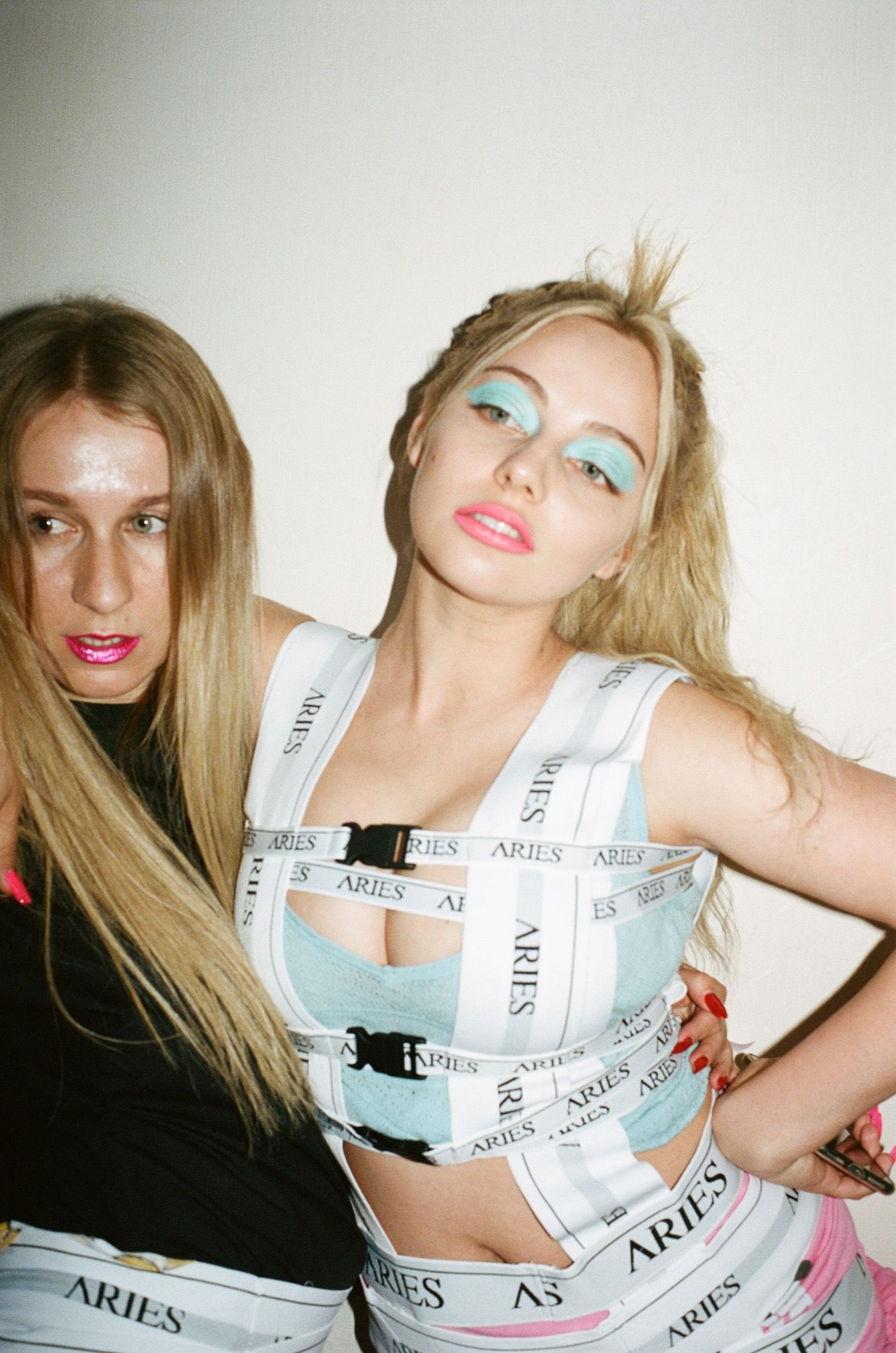
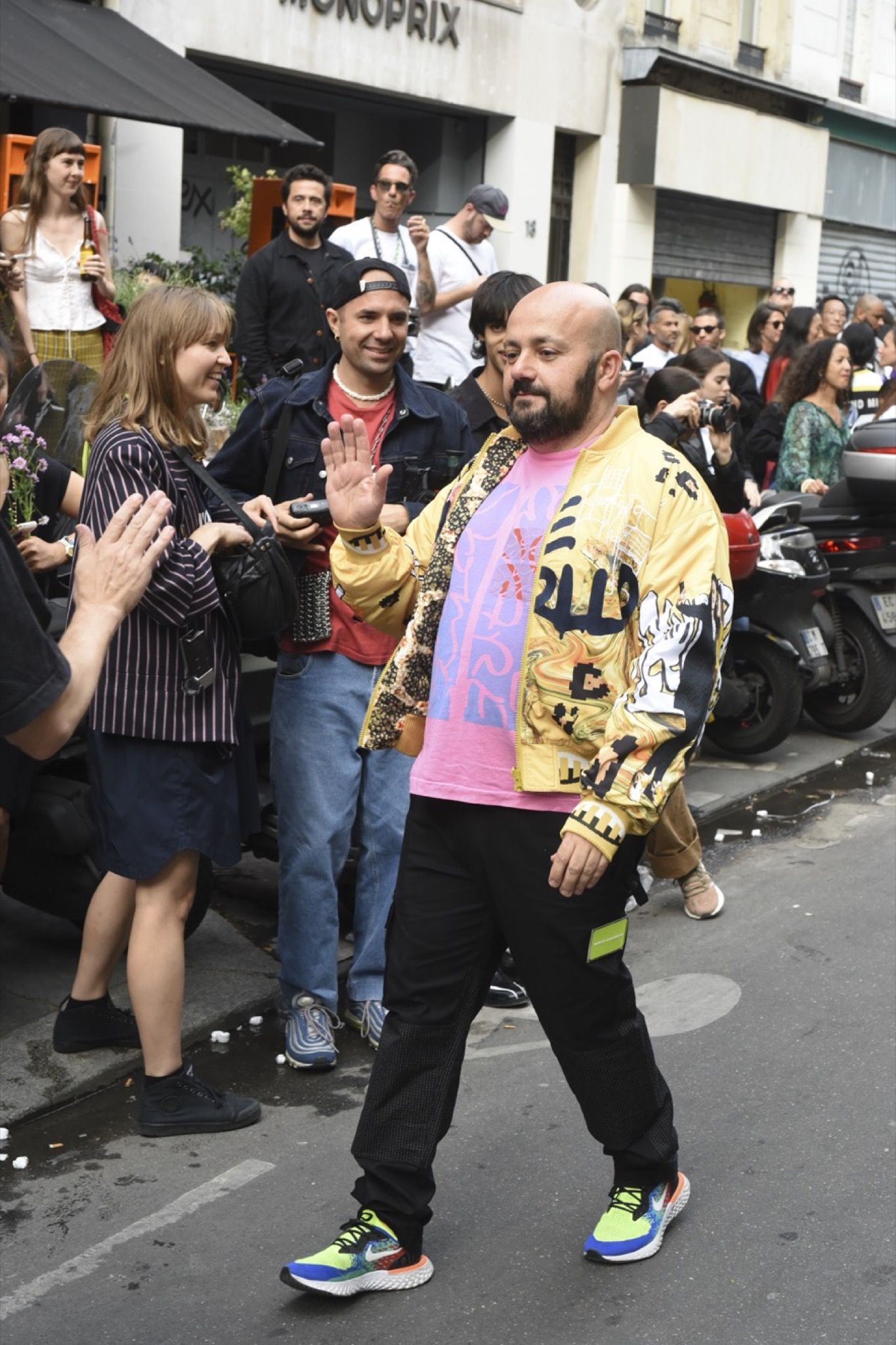
The fashion industry has always been about a very specific view of time, coming out in seasons and cycles of production. Do you think we need to revise the very notion of how we perceive and relate to time itself?
BRENDAN: I think it is being revised. The seasonal calendar has practical origins, but it’s changing with how people want to and do shop. Brands can be more nimble and turn things around quicker now, and I think that any stores trying to be more responsive will be rewarded with the ability to stay in business.
CALI: I’ve revised the notion of time in my own life to the point where I often don’t know what day it is. Living in a clock-based world means I can’t let it go entirely, but I’m going to come as close as I can.
SHAUNA: I love this question. I have been feeling for a long time that quantifying time is a ridiculous endeavor. It’s such a slippery beast that expands and contracts without us acknowledging it. I think a lot of work could be done on this and a shift in our understanding of time could be very powerful / game changer.
MISHA: We need to think about time being part of nature, not part of the machine. We really only need to consider the day and the night, the seasons, the actual weather. And this all moves around. I’m not sure how the fashion calendar adapts to global warming, for example. Puffer jackets delivering in 40 degree heat? Resort drops in January? Fashion should have the ability to move across time, wear last winter’s fashions and enjoy them again – and not replace them unless they need replacing.
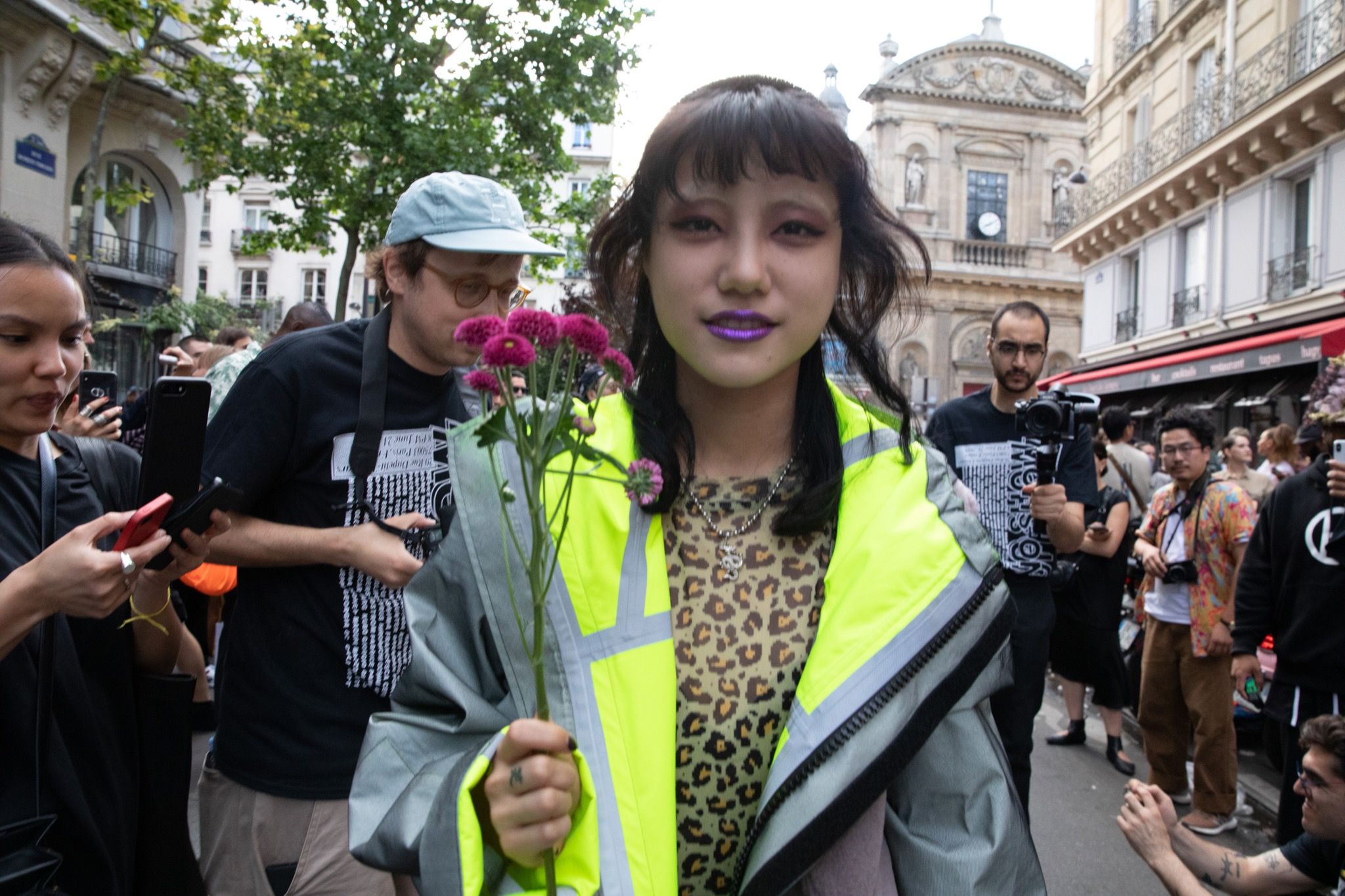
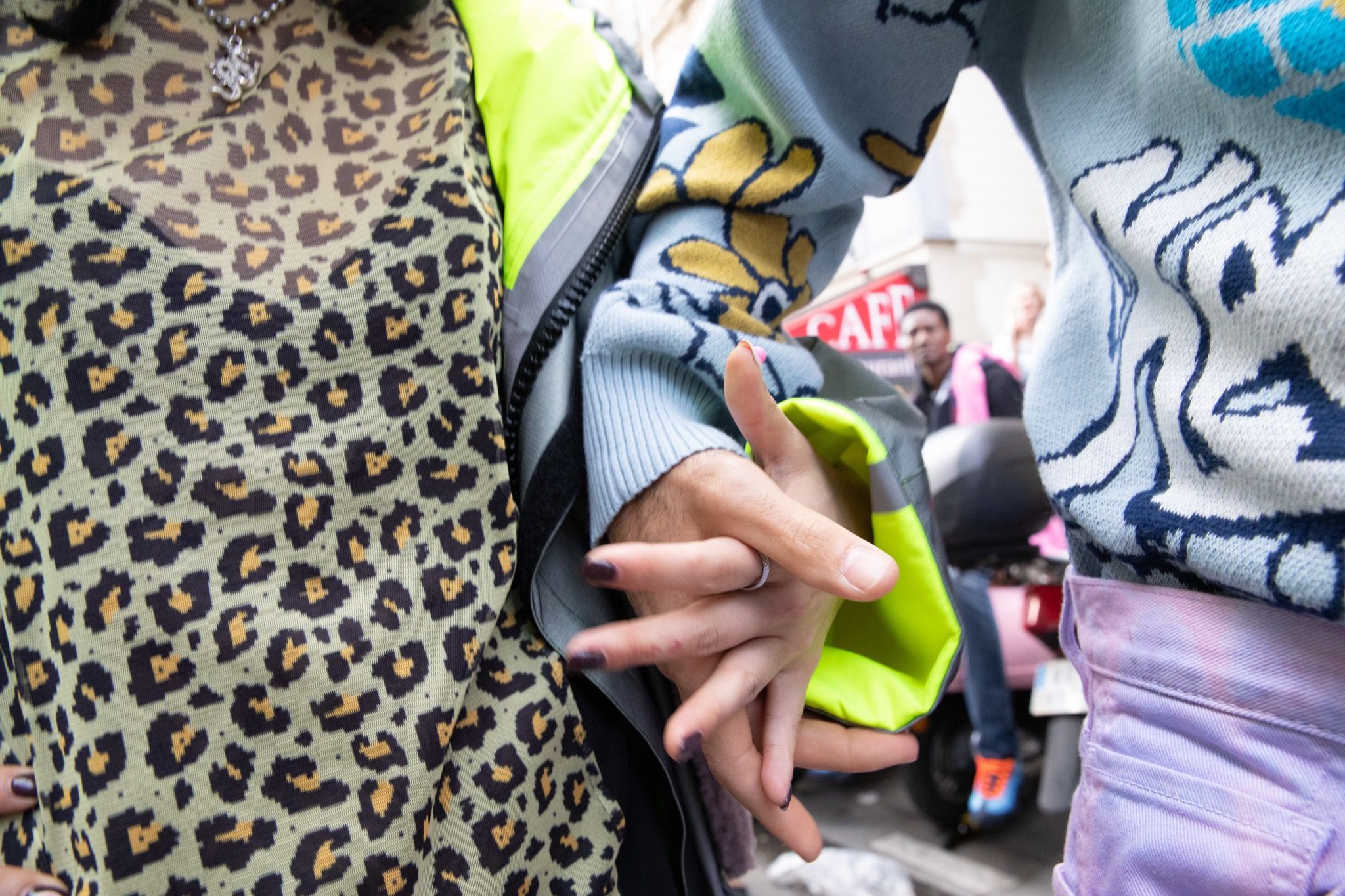
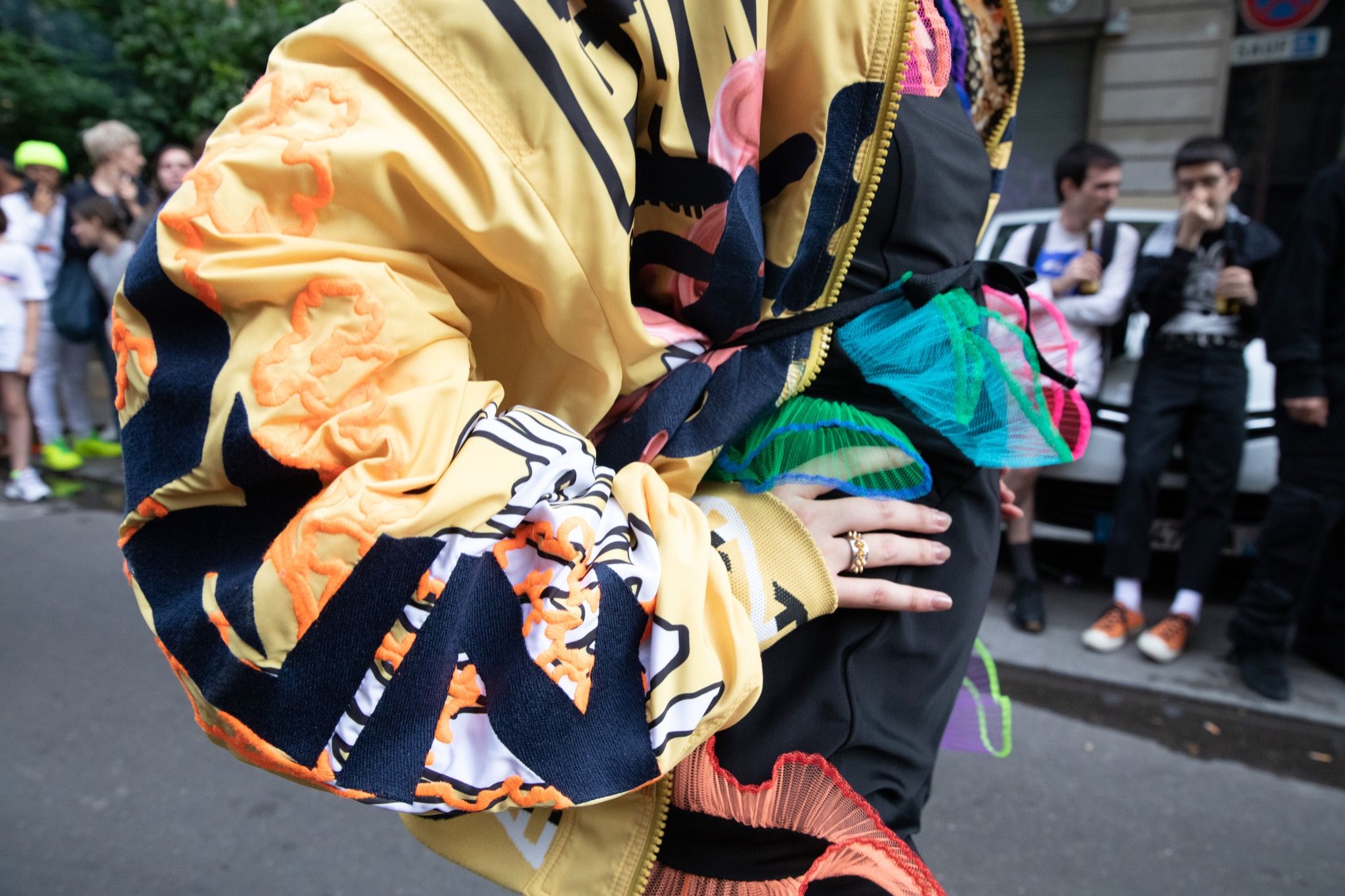
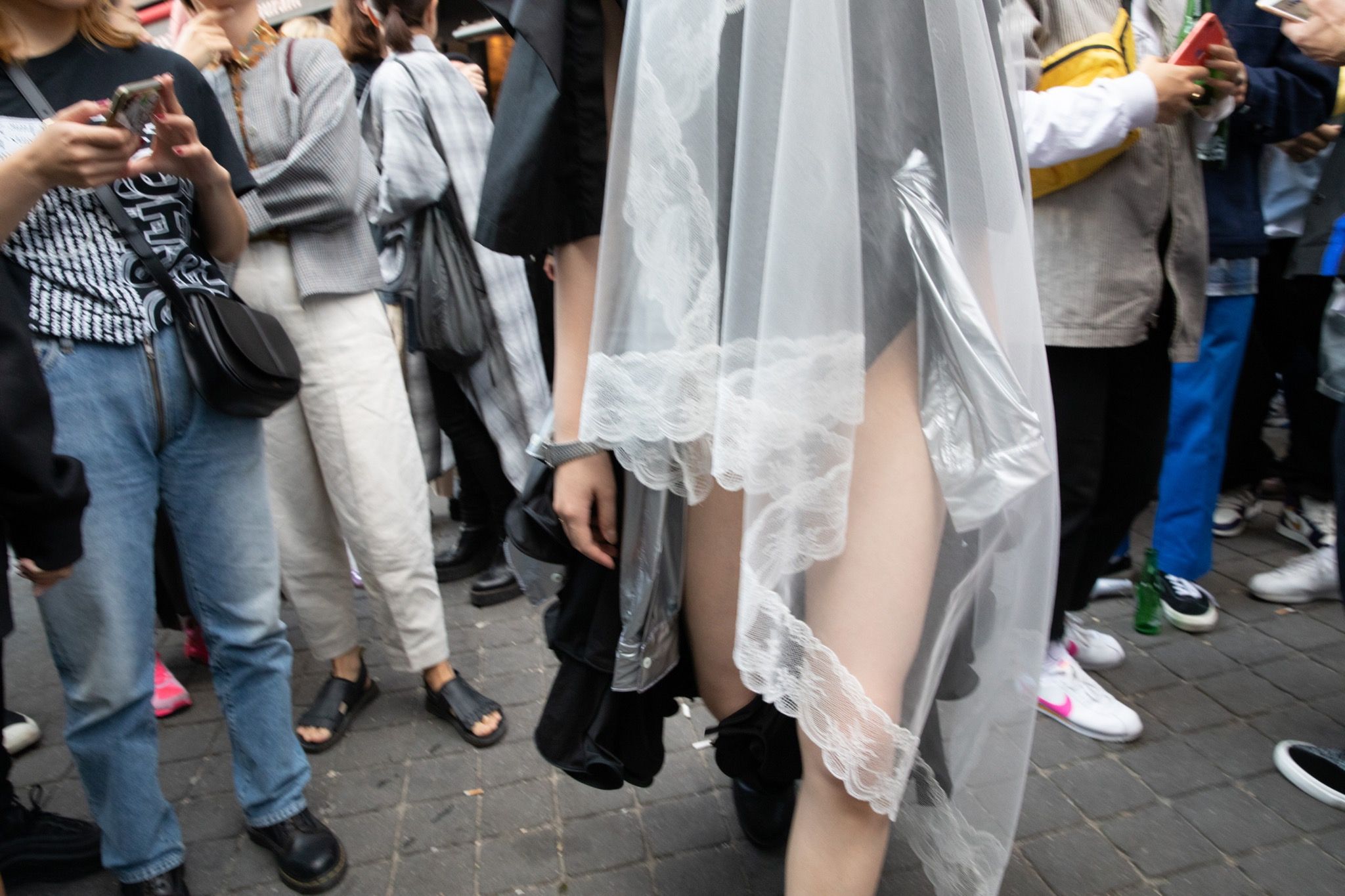
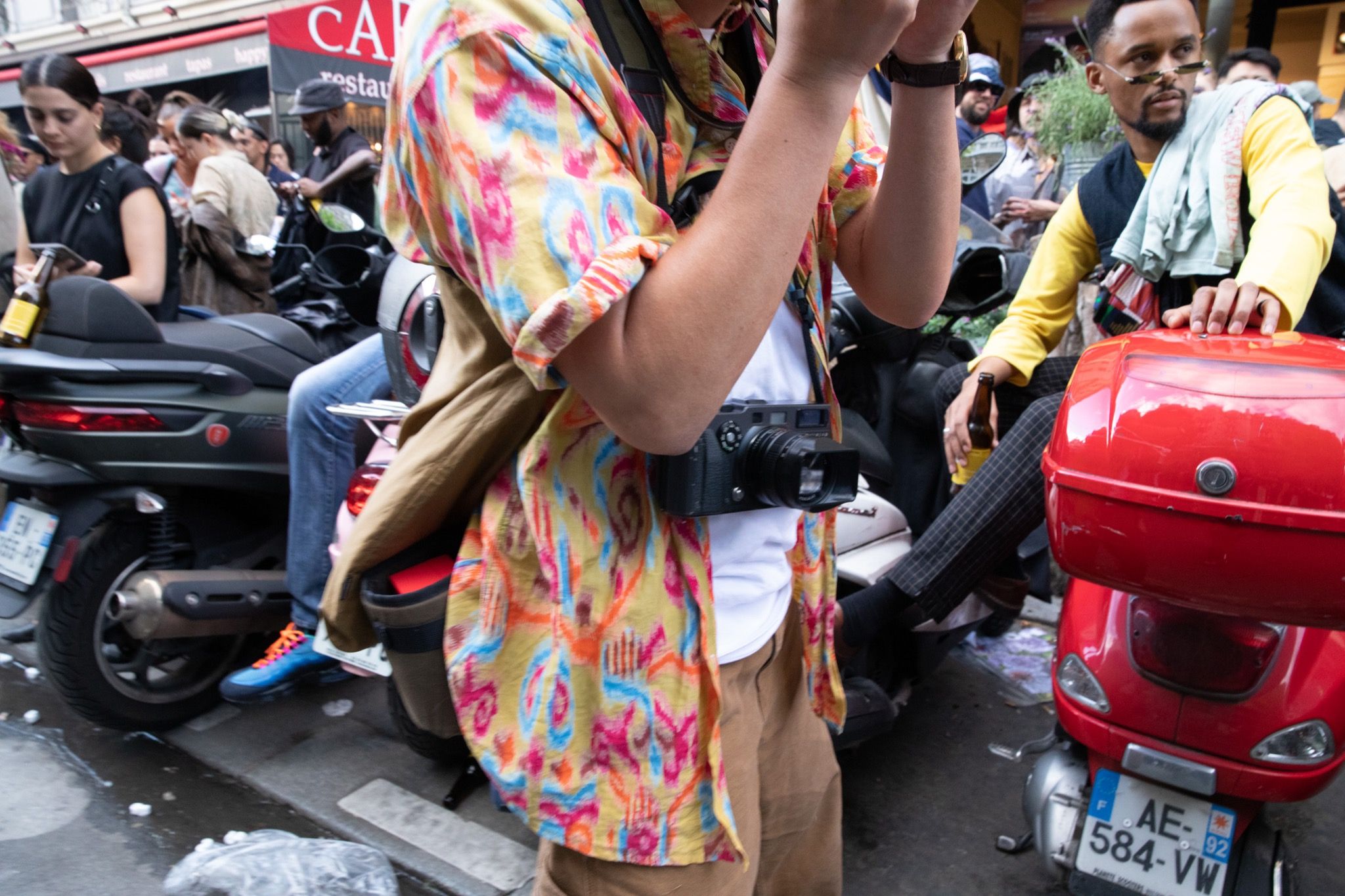
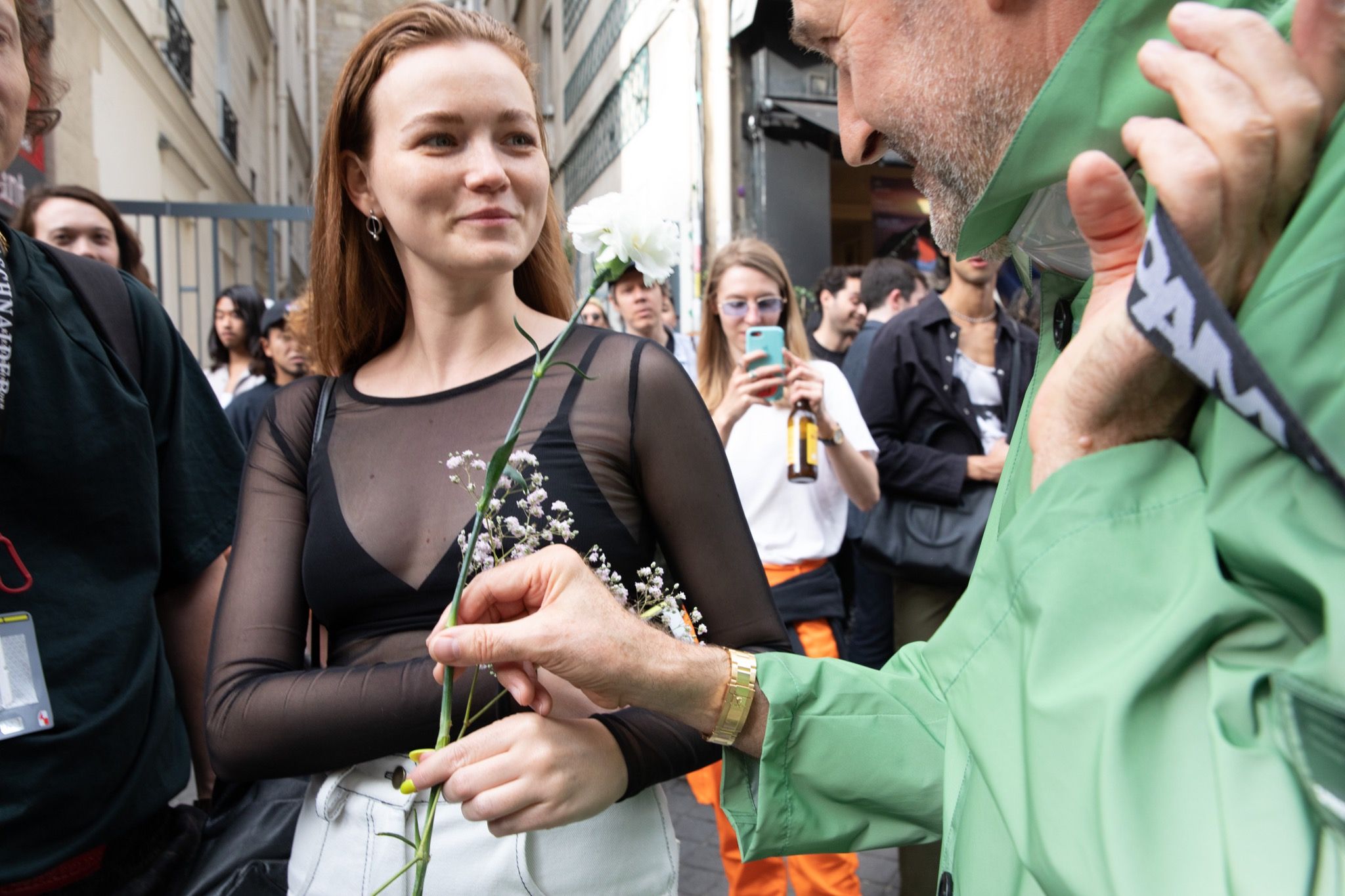
How have your individual or respective creative practices expanded as a result of working collaboratively?
BRENDAN: I’m still processing, but I can say honestly that this is one of my top, top favorite things I have ever been involved in in my entire life. This is not the first thing I have done with a lot of the people involved with NSO, and I am sort of always counting on it not being the last.
CALI: I recently noticed that if I’m having a difficult time or I’m walking around angry or depressed, it’s usually because I’m focused on myself – thinking about me and what I’m doing. Signs point increasingly to “we” instead of me. I have a fine art practice that I work on as an individual that in the end is all about sharing with my community, and communicating with a larger group – that only expands my community. That’s one of the biggest rewards for me when exhibiting in a new city. On my death bed I will be grateful for the worldwide network I have been lucky to be a part of.
SHAUNA: Speaking to industry people beforehand, there was a concern that it was risky to put your brand with others, because “image is everything.” There was also the concern that the brands we brought together would find it hard to work in the group. But neither of these were an issue. We all worked together well and with no drama or problems. It was an unknown endeavor, but after we did it I could feel a crack in the wall and light shining through. I really hope we can continue to open that, and that others help too. This is not just a proposition for us.
MISHA: I love living in Paris, because Paris invites you to read and to think. There are bookshops everywhere. People read philosophy, not just Instagram posts. People challenge you in conversation, which pushes concepts and ideas. This process is ongoing, and the value is that process – not the product. Making fashion, or art, or music for that matter, we often rely on the final outcome, on its worth intellectually or financially, as a measure of its success. Shifting the focus from product to process opens the dialogue to more than just creator and consumer. With NSO, we were never creators “targeting a consumer” – that sounds terrible! We were sharing how we feel and think. Hopefully this will encourage others to also share, feel, and participate, too.
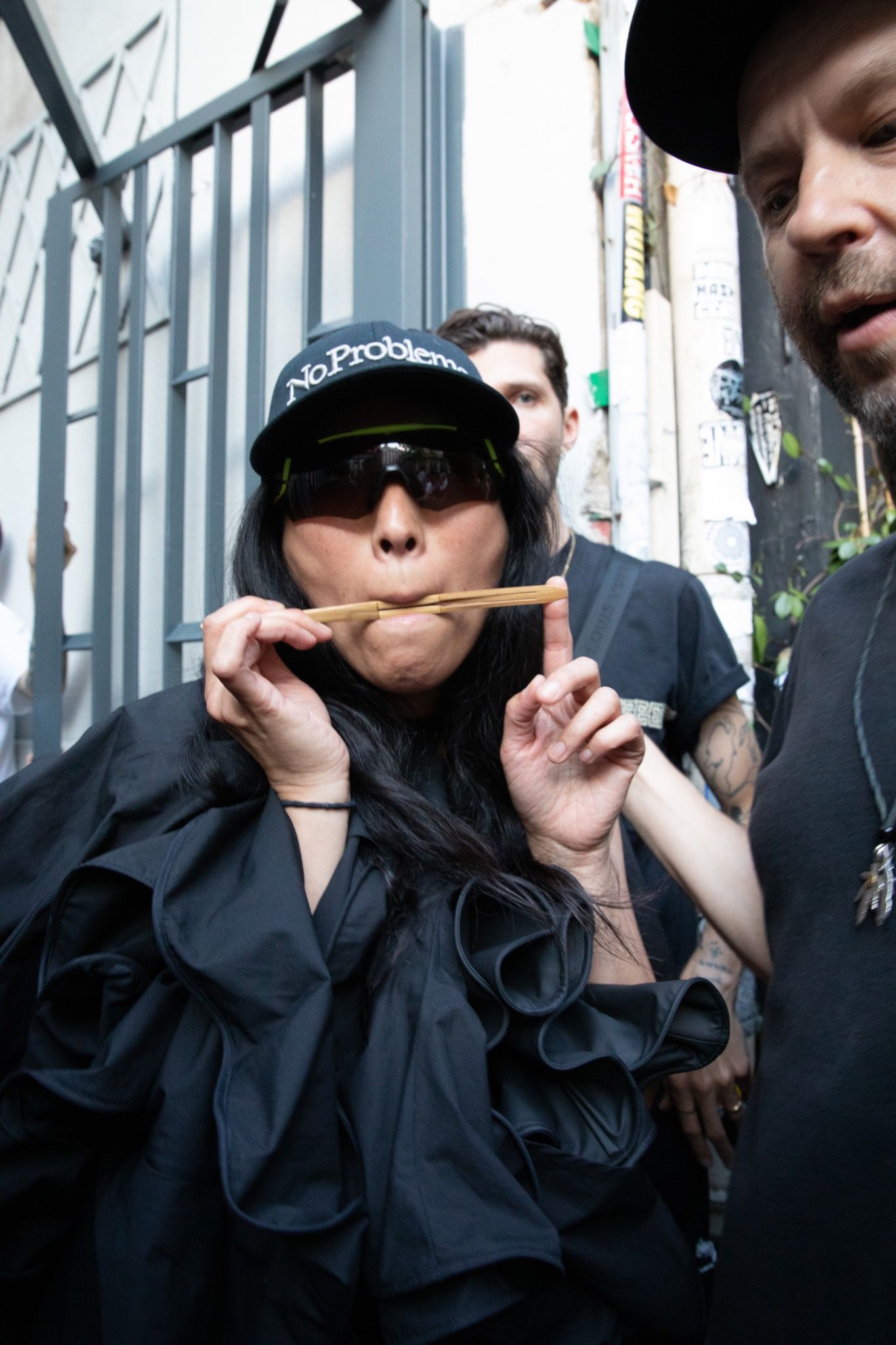

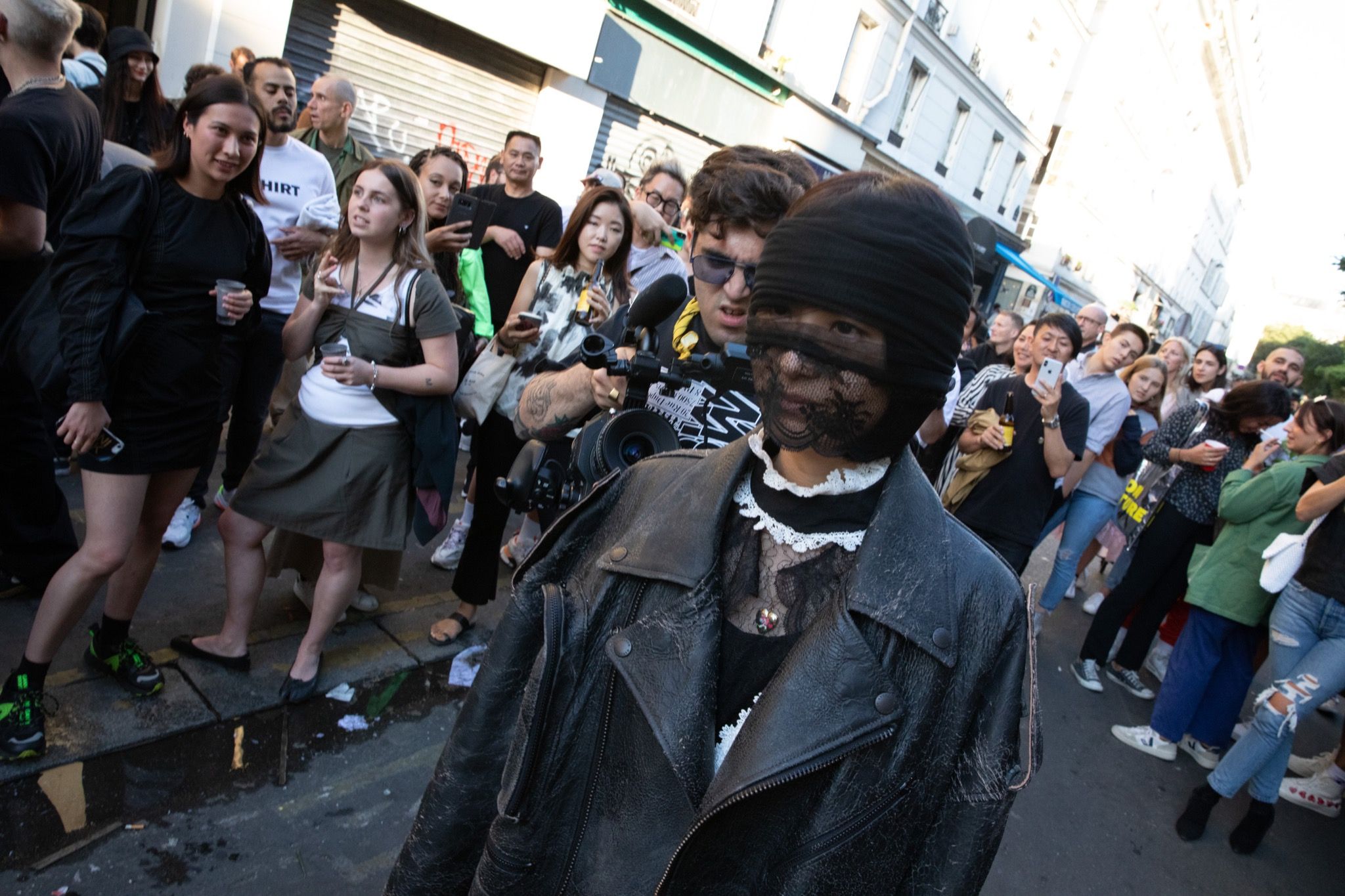
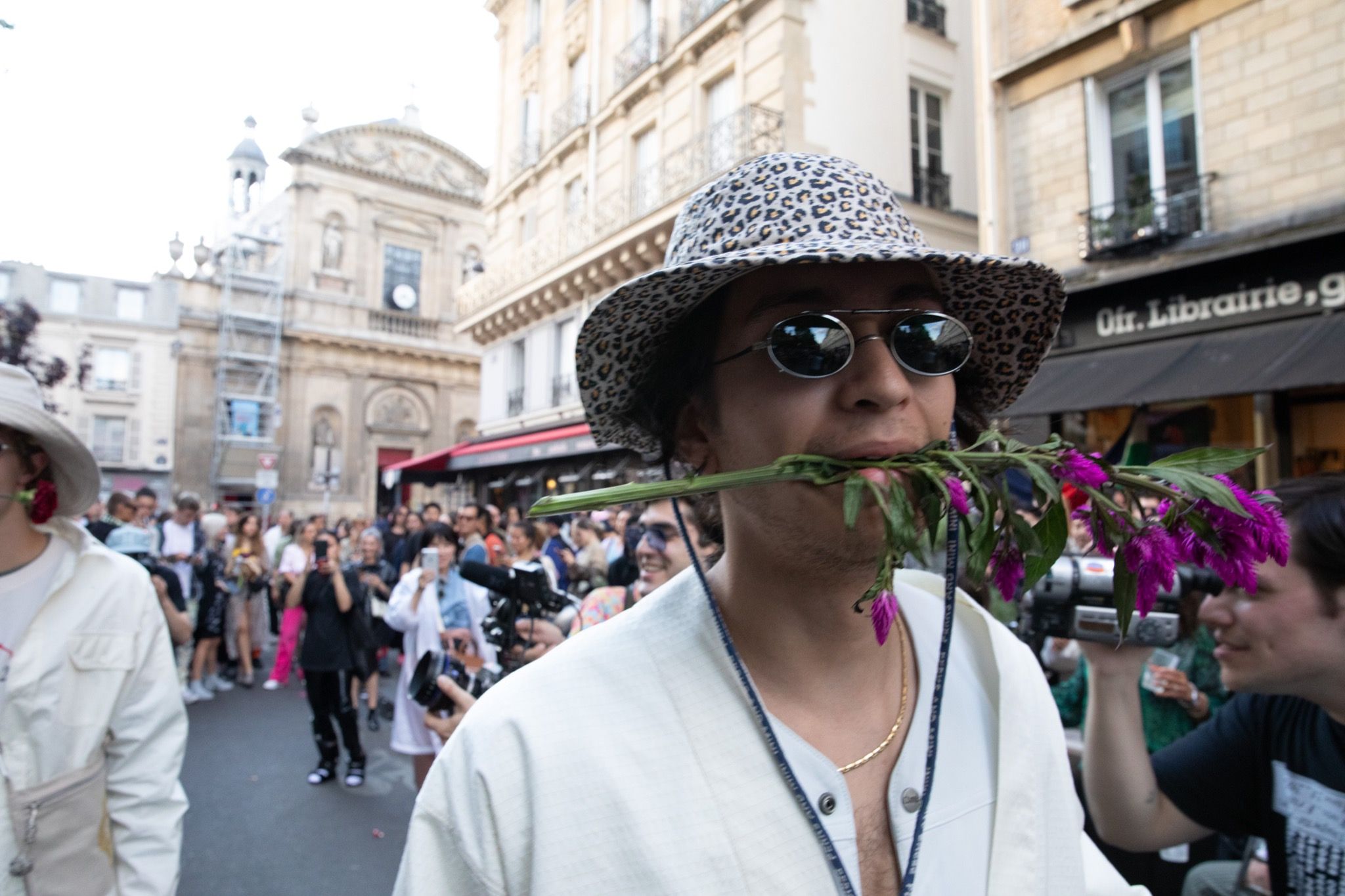
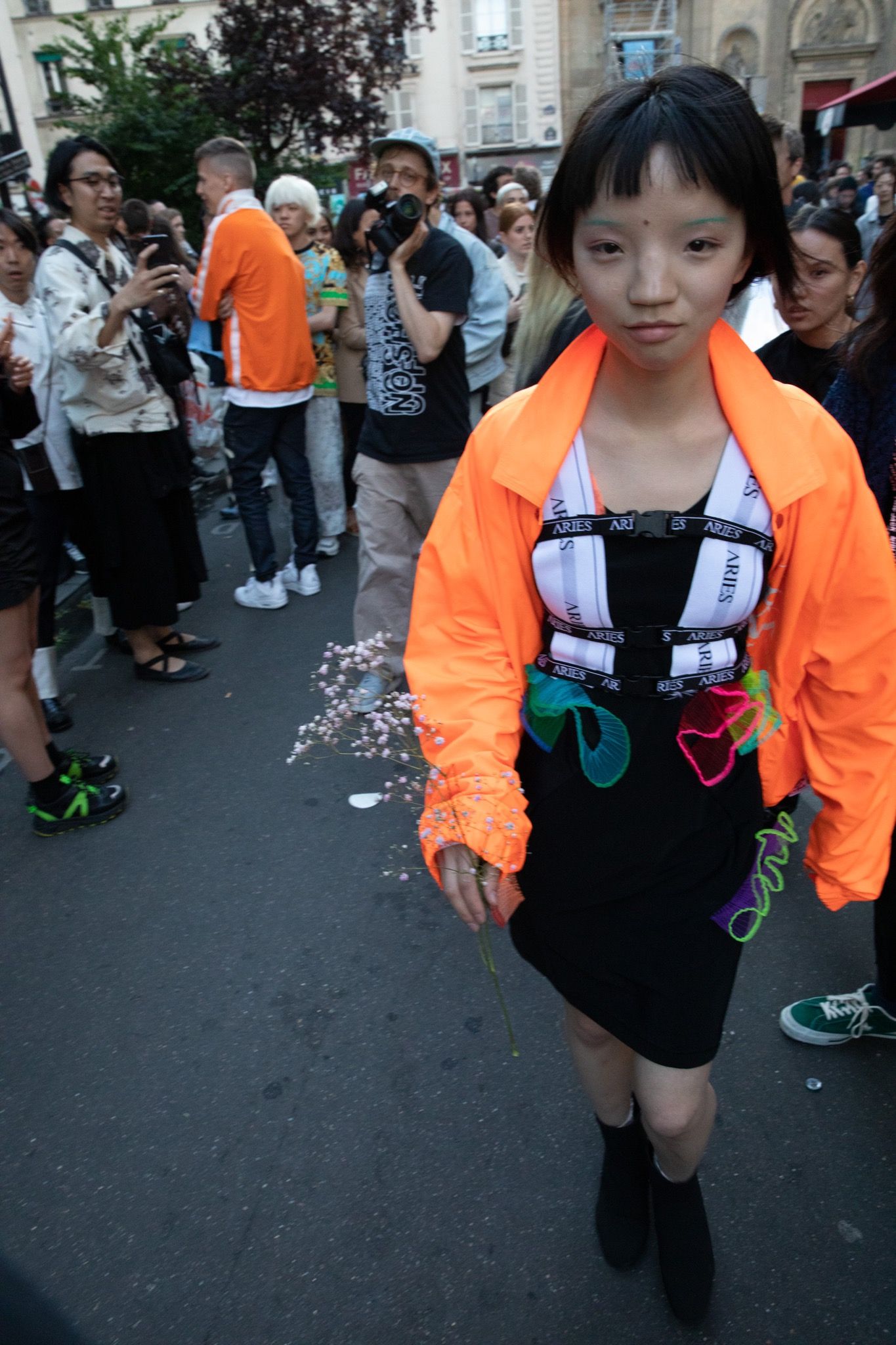
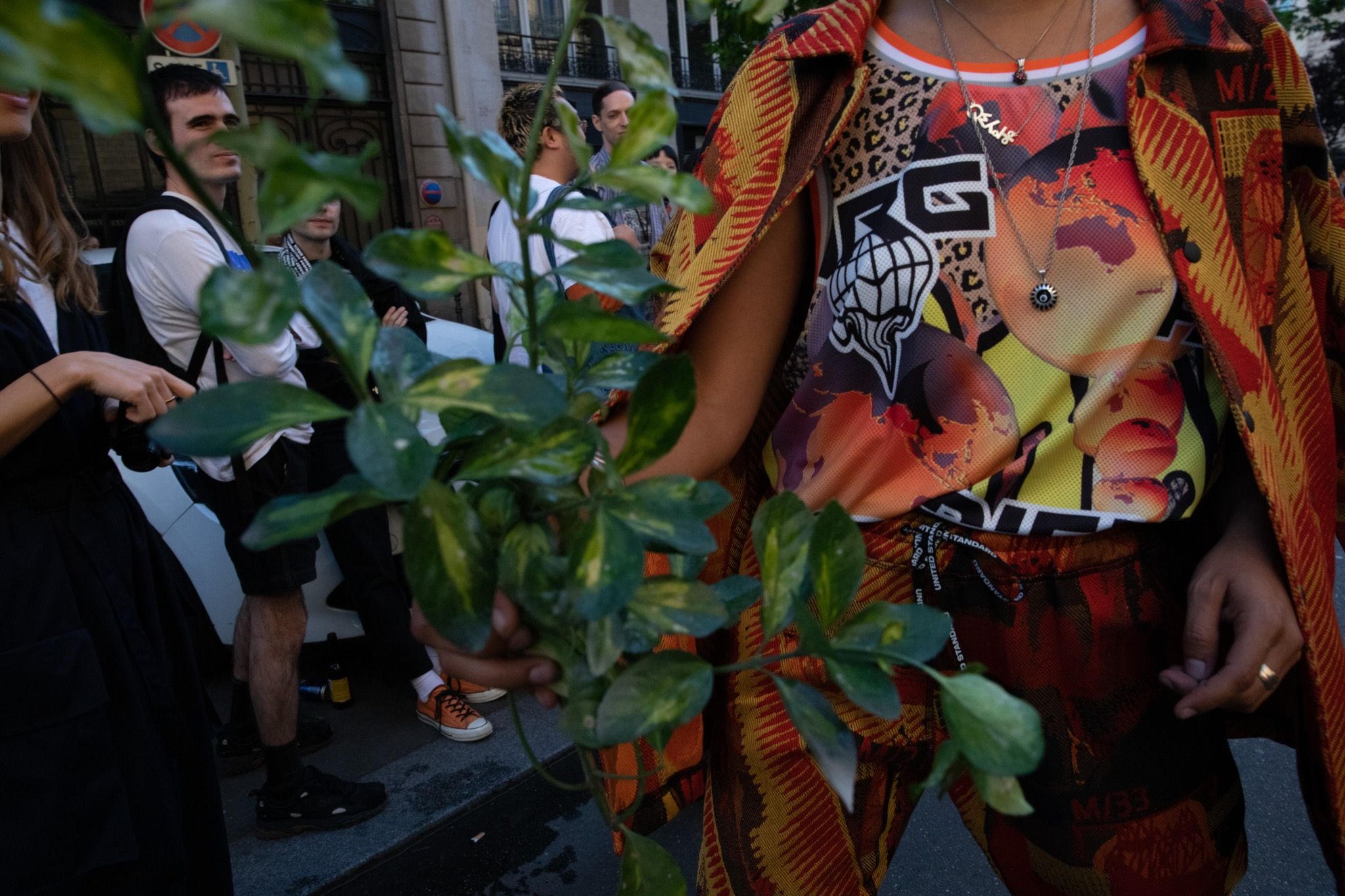
What is the importance of friendship in creative practice? In business?
BRENDAN: Since I get to do my “solo vision” through visual art, in a lot of ways I’m really in this for the collaboration aspect. That said, it is also business – a hardcore capital B Business that I’ve been fortunate enough to live off of. And business is a crazy tricky thing, so being surrounded by people you trust is a good idea. I love my friends.
CALI: It’s one of the main, most important aspects of the whole. At a certain point you shouldn’t actually need to work with strangers unless you really want to. Life can be a Family Business.
SHAUNA: For us, friendship is central. And I think friendship and trust are intertwined. We are humans first, and we always felt we had a mission to show that you can run a business and not be an arsehole.
MISHA: Friendship is based on all the good things: trust, comradery, support, sharing, fun, engagement, energy. I believe that good business is always a by-product of something else – a process, a vision, a relationship – and creativity oozes out of friendships. So do the best business relationships. I’ve always said that two brains are better than one – but what about 50?
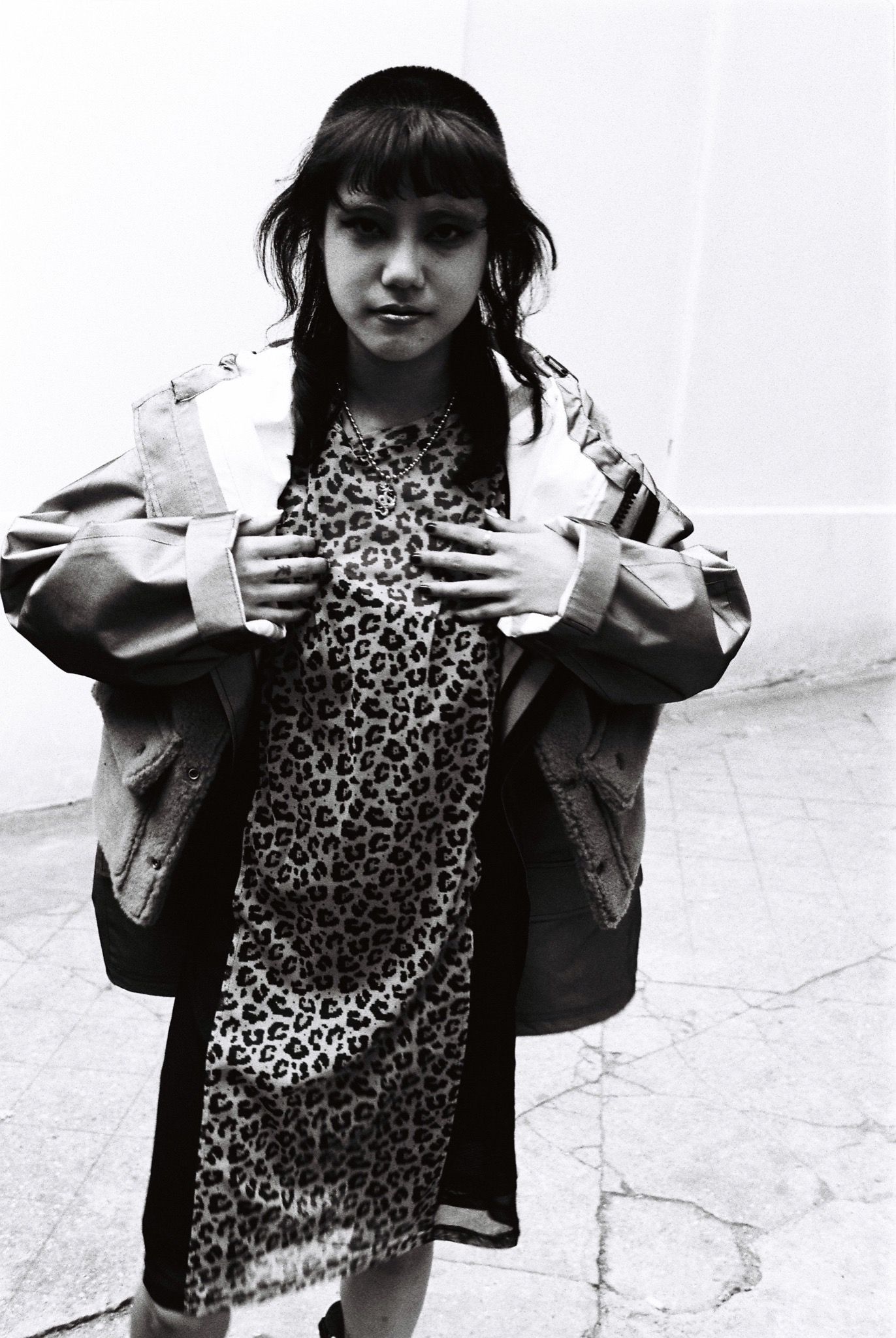
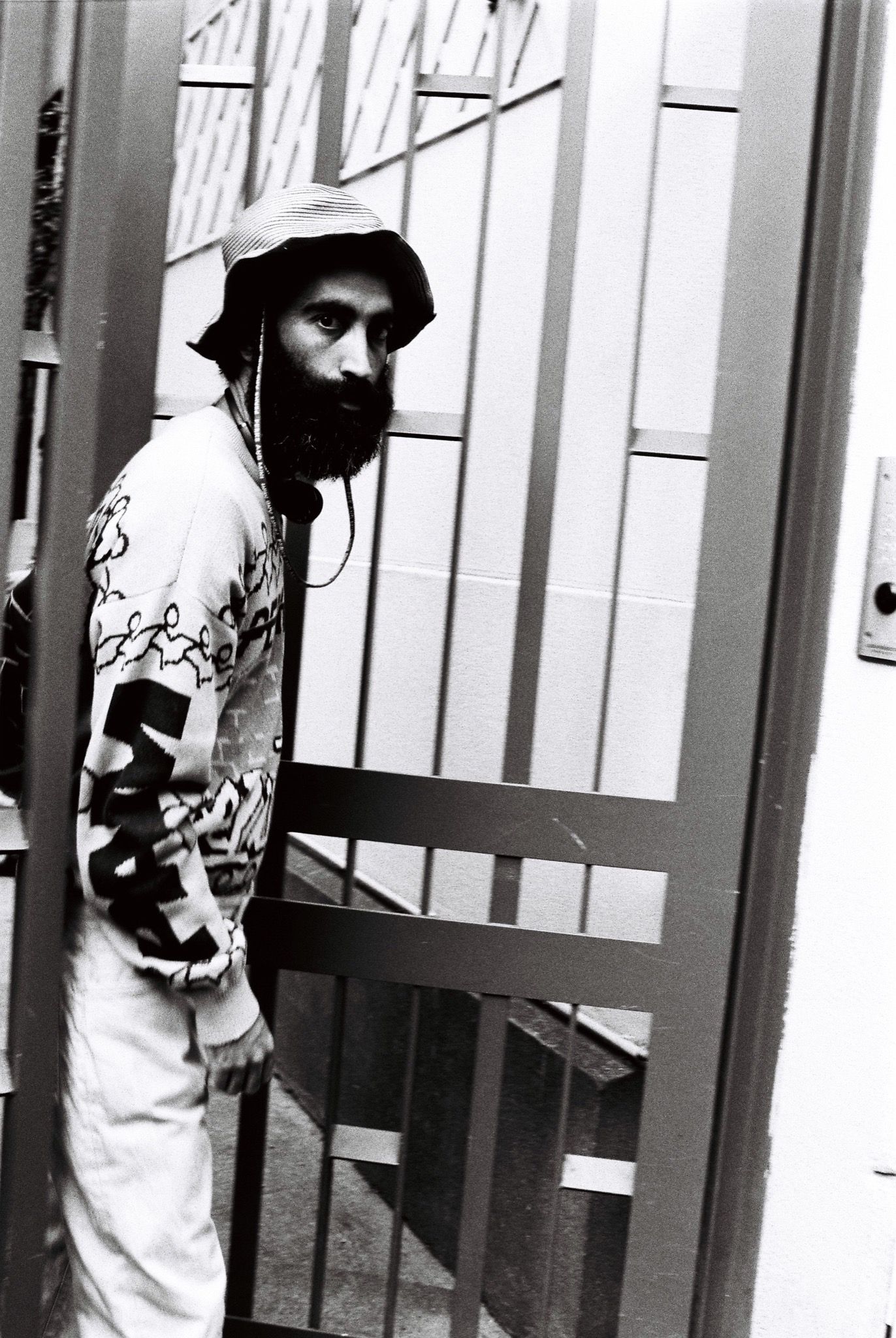
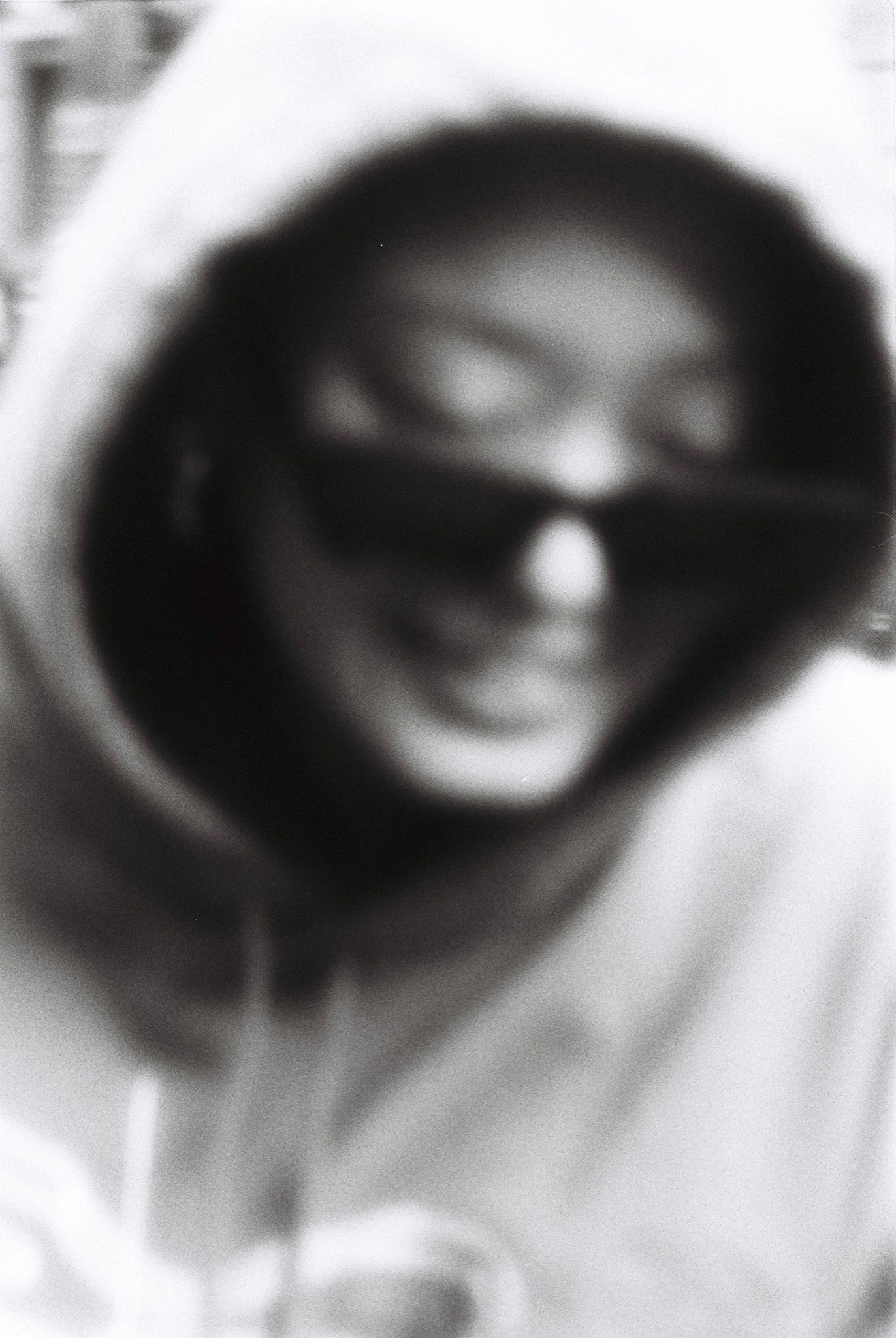
Even though you’re not playing by the rules of social media and digital comms – No Show Official has no official Instagram, for example – do you think real life, collective projects like this one are still somehow products of the Internet?
BRENDAN: Absolutely. I think there is probably a ton of aspects of how this is true but to me it kind of all comes down to communication. It’s so easy to be in touch now, the biggest challenge is keeping your threads in order.
CALI: The main difference for me as far as communication and collective working in the age of the Internet goes: I can find someone doing something I like and write them a piece of fan mail that they will receive almost immediately. Thirty years ago, I would write letters to bands and labels and physically mail them, and maybe two months later I would get a letter back. Now I can actually have an almost real-time conversation with the person, and if it flows beyond the initial contact you might just find yourself developing a new friendship.
SHAUNA: Of course, the Internet has allowed us communicate cheaply/easily and has enforced a global community – so has access to air travel. But I would also say that 20 years ago there was this global community, too. We just didn’t communicate or see each other as often. I think we could have pulled something like this off back then – we just would have needed six months, not six weeks.
MISHA: We worked collectively in the cave before. Now that we are all connected, it’s exciting to see what we can really do together. NSO was made easier by instant communication, but it was really about the fact that we were all physically present in Paris at this time. And that could have happened 50 years ago, too. People have been traveling for trade shows for decades. NSO was a physical, IRL group chat.
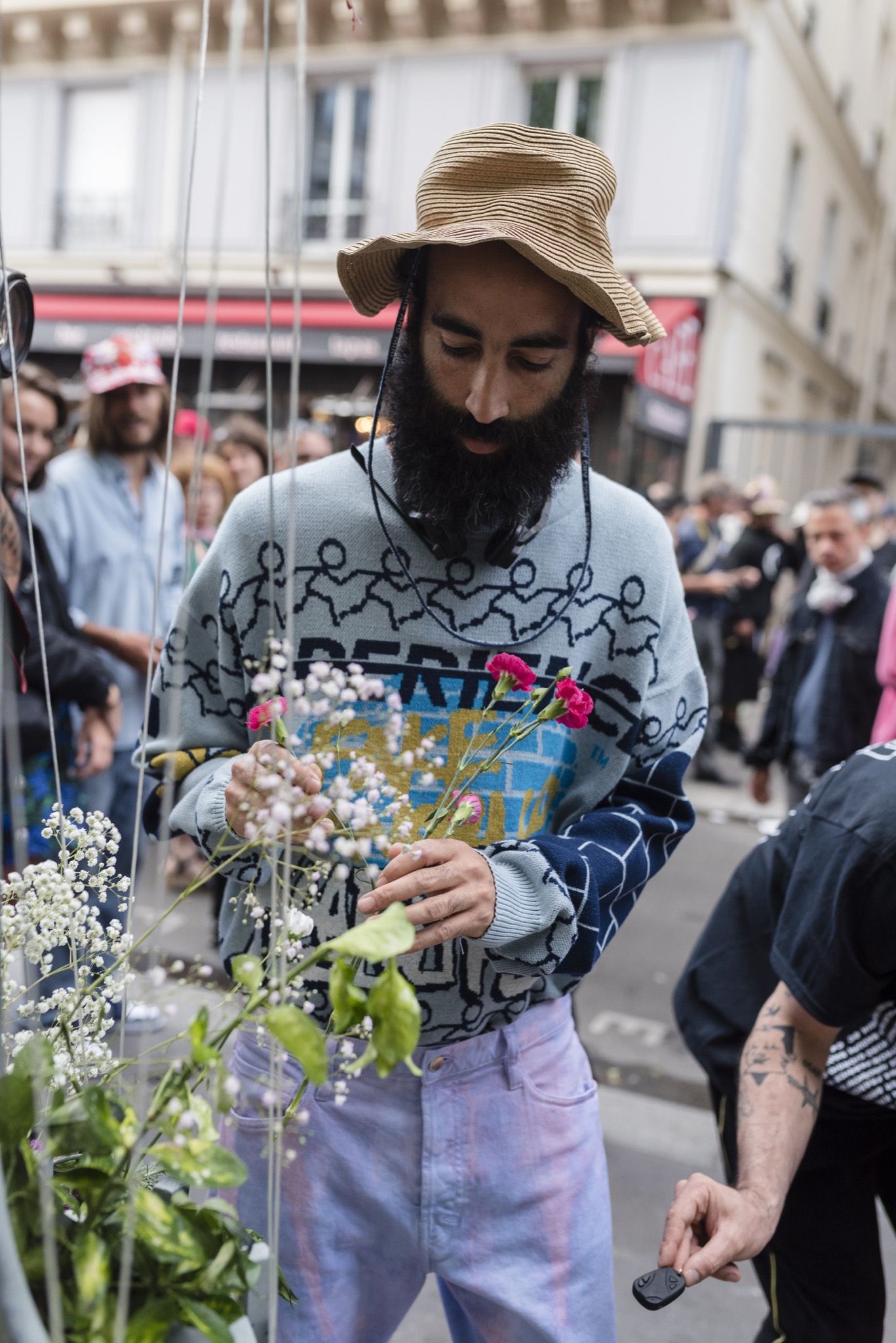
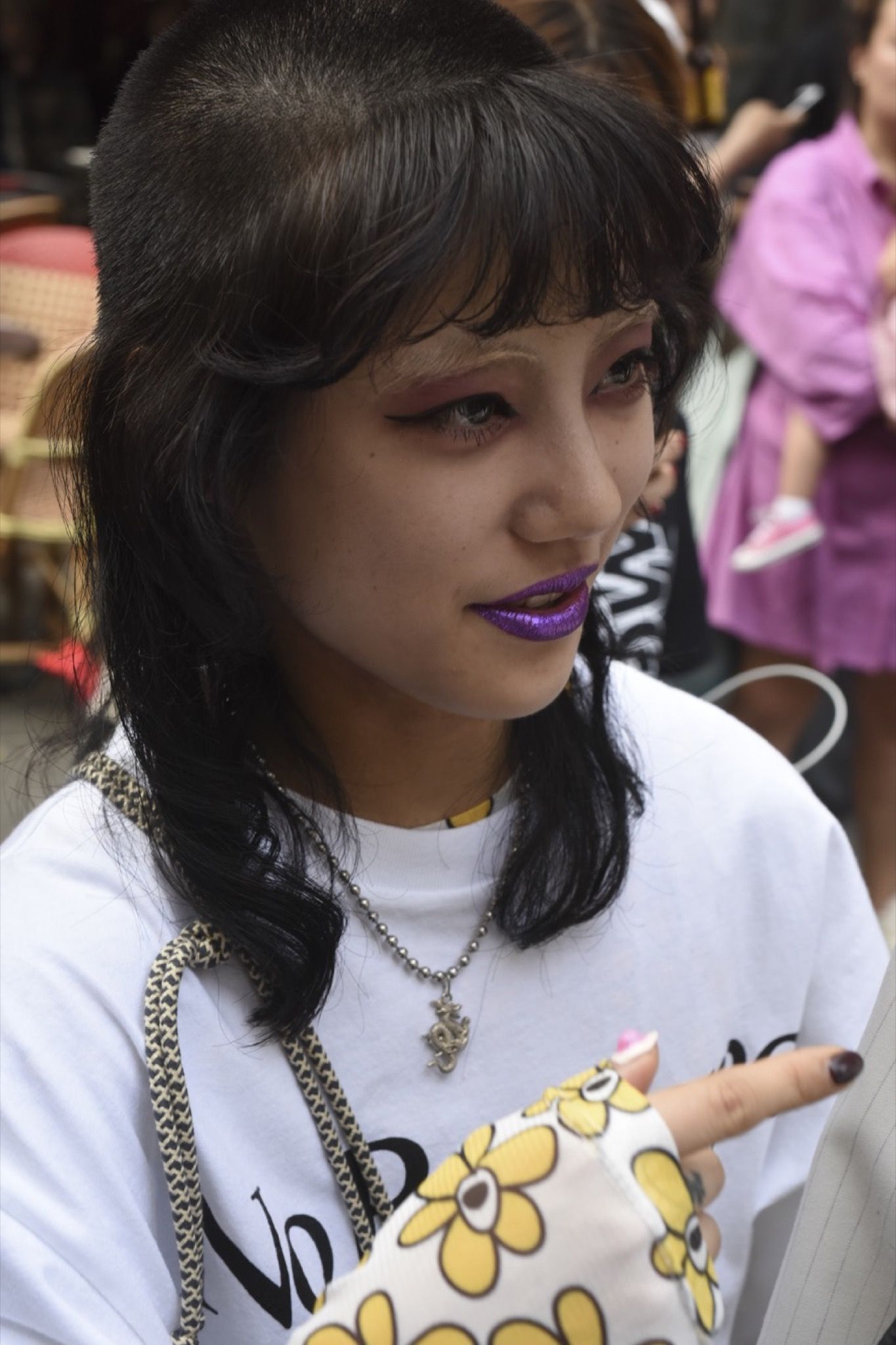
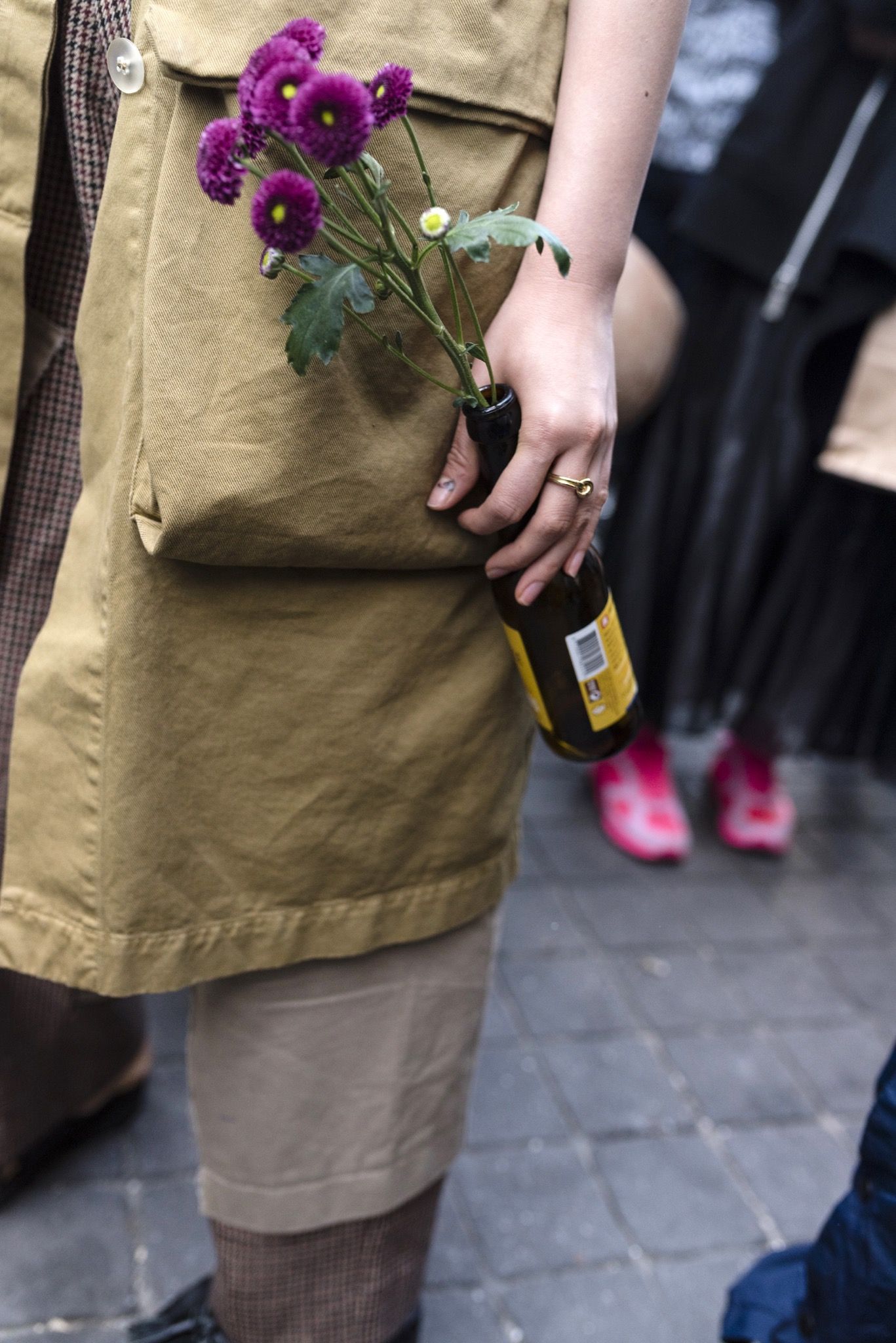
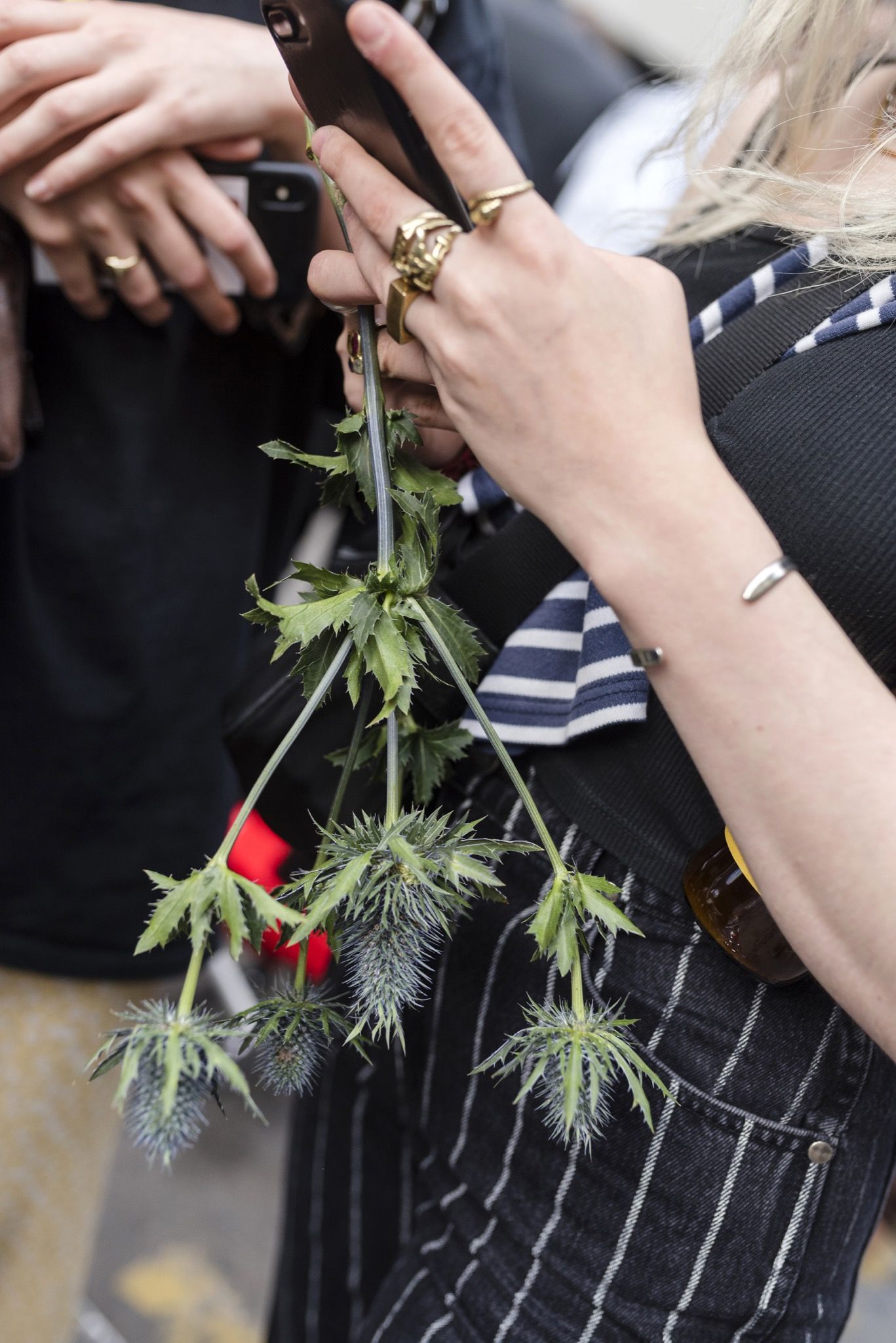
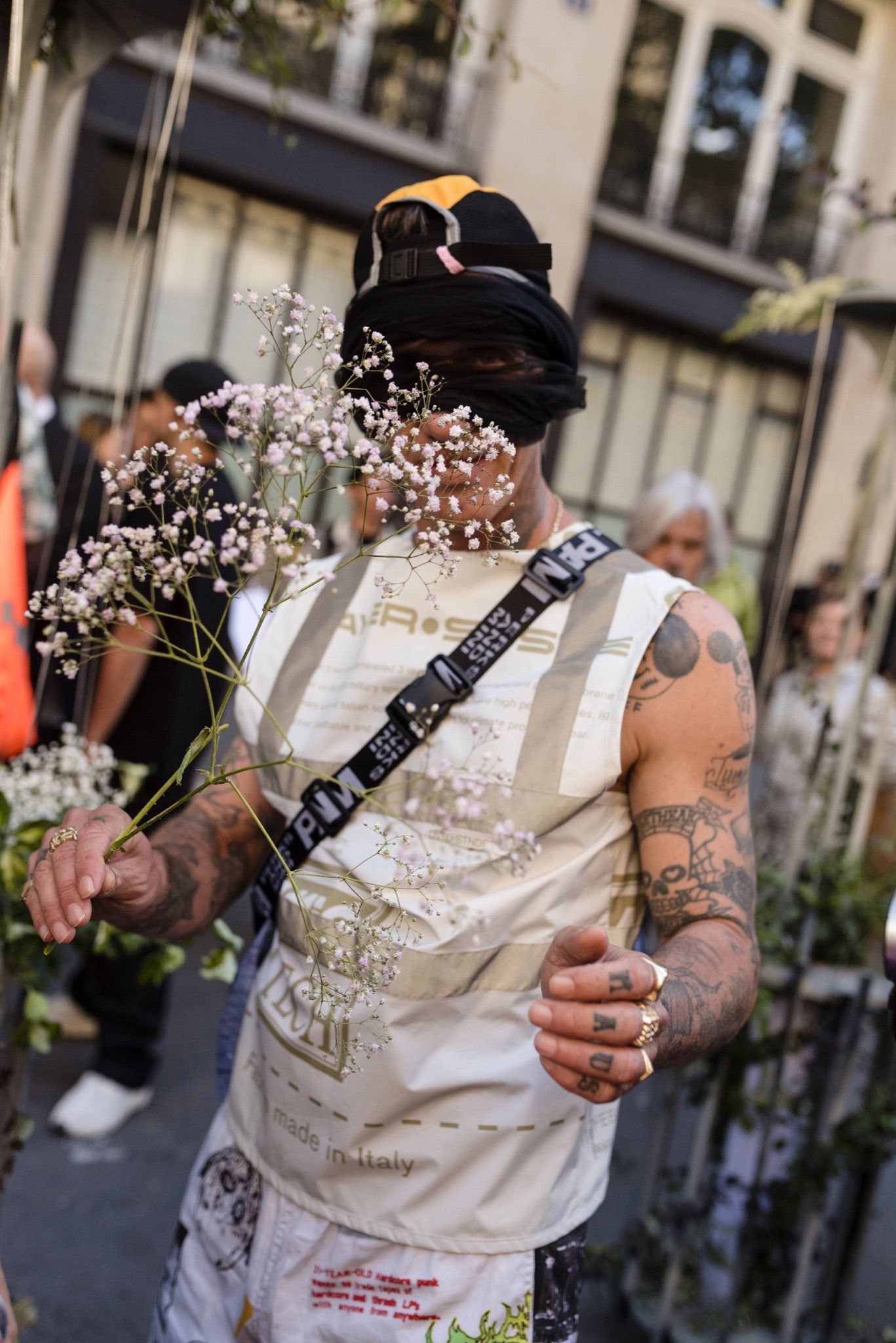
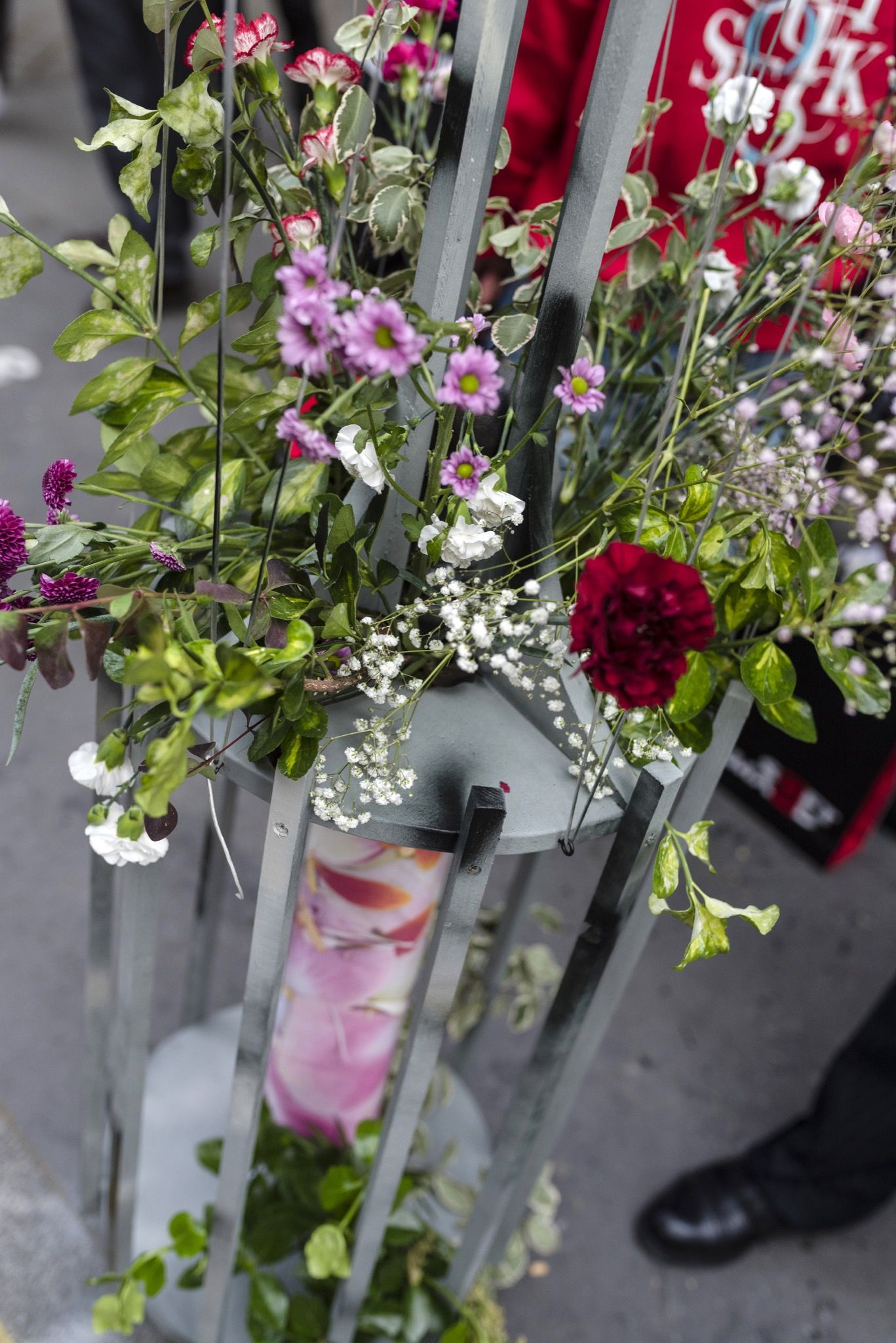
What are your thoughts on the future of how we work in fashion or across disciplines? On the future of the small/independent fashion label, its role in the industry and in the global creative community?
BRENDAN: I pray for more of this stuff. I came to fashion from the music world, and then the art world. I love clothes, but my favorite thing about working in the industry is how it combines the community aspect of the music world – you’re working with factories and stores and all these people, which reminds me of touring, working with the venues — crossed with the object-, visual-, and performance-focus of the art world, which itself can become a bit lonely, solitary, and “I/me I/me” all the time. This project is like the highest realization of collaboration, to me, where we all worked out our visions, alongside however many people were involved in making the clothes, and then brought them together. So many steps to the process, but the few hours of the actual event felt so cumulative and celebratory.
SHAUNA: We all know it’s getting harder and harder for small brands to be seen, as the Internet and IG become paid-for platforms controlled by big business. Small and independent labels are always going to exist, but perhaps they’re going to be more local, and less global.
MISHA: Small business will be key to so many great concepts going forward. Because the environmental impact is much smaller, artistic and conceptual compromise is much less prevalent, and quite often, heart and passion and joy are key elements involved. I hope people will understand this and support when they can. Why give your money to brands that provide a very false sense of luxury? Smaller brands want to actually engage with their audience, and foster relationships and ideas, not just scramble for a market share. We can ALL be independent together, which is a great and liberating idea! Freedom is such a key to joy and happiness.
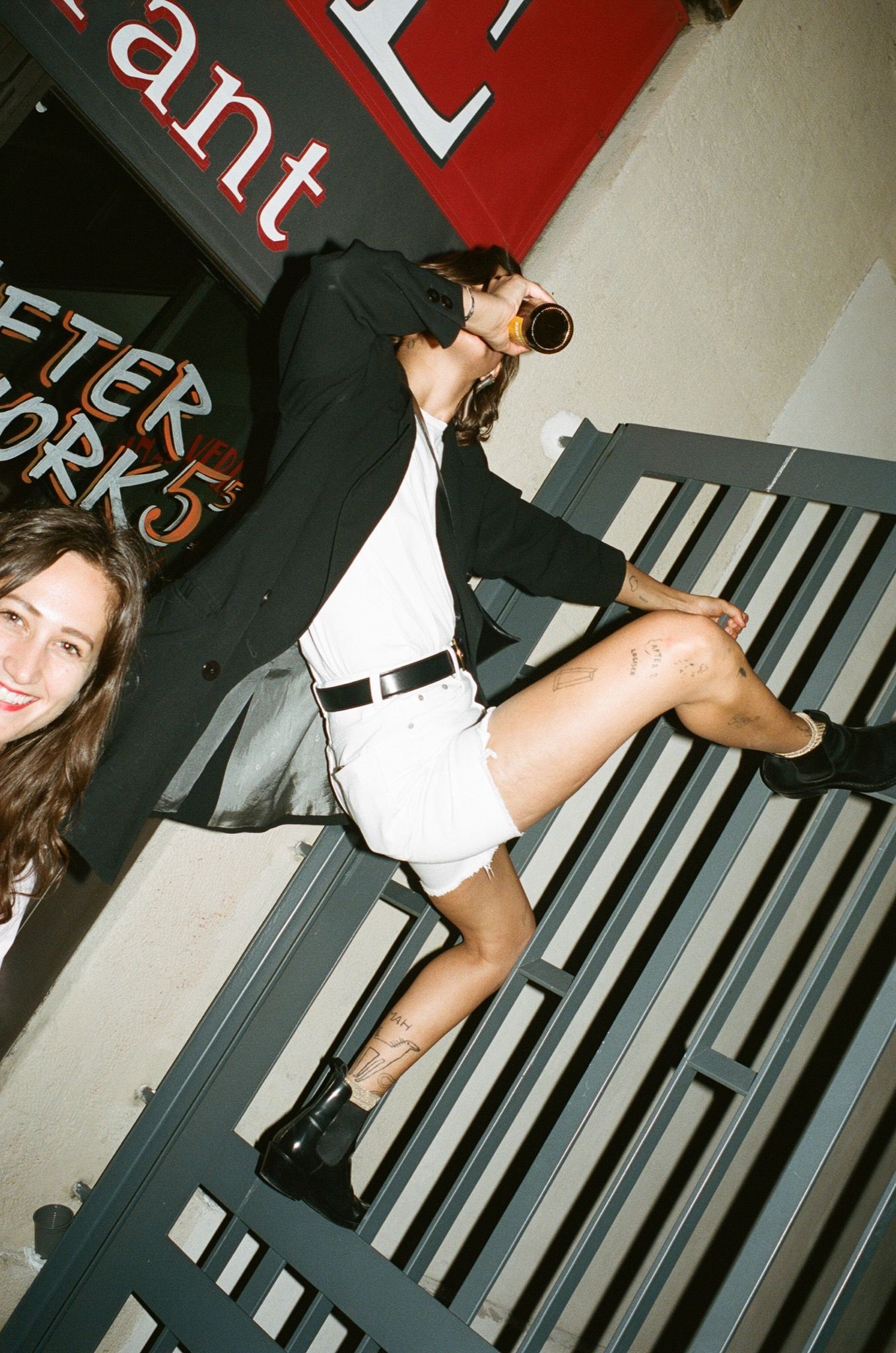
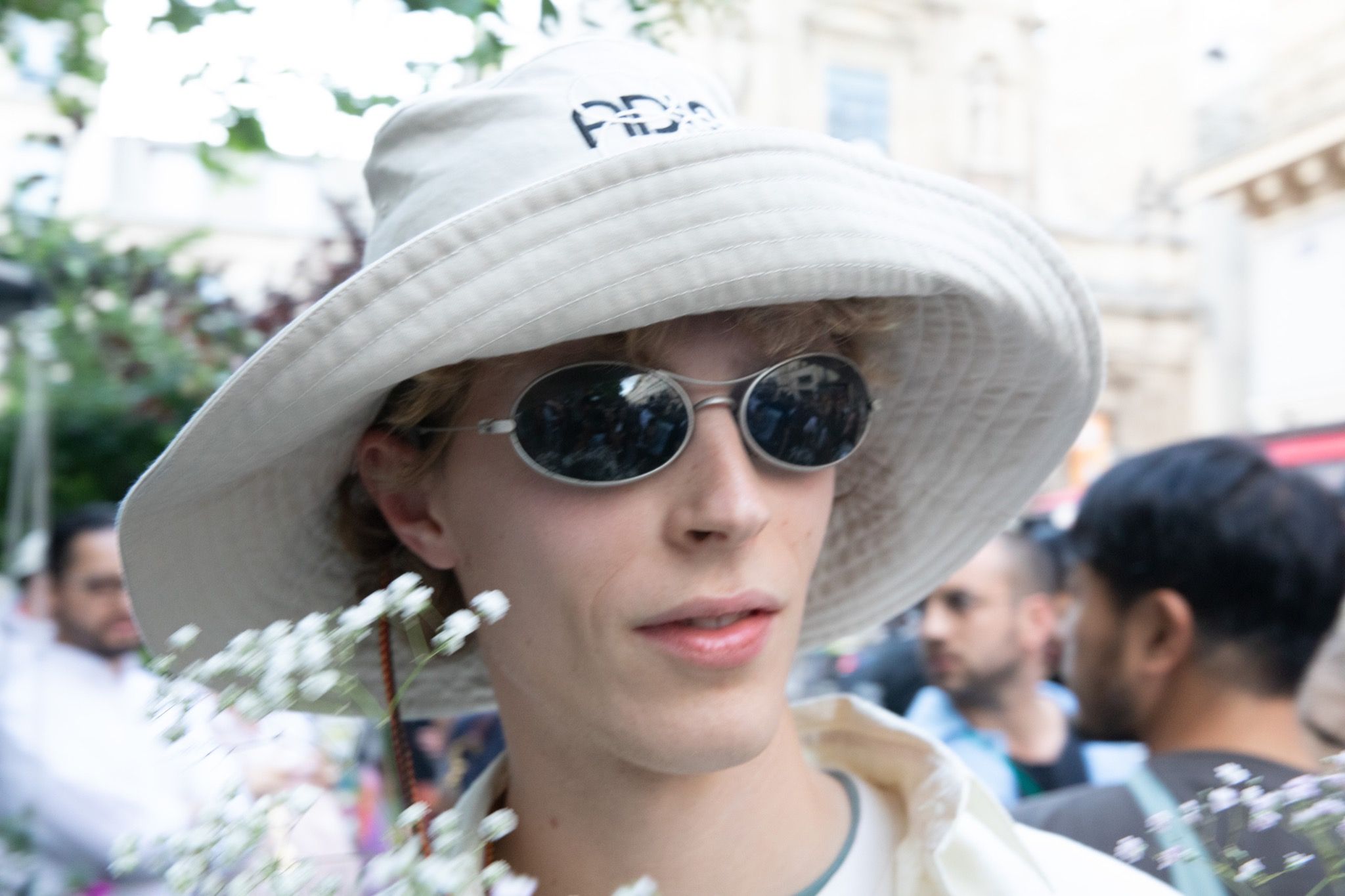

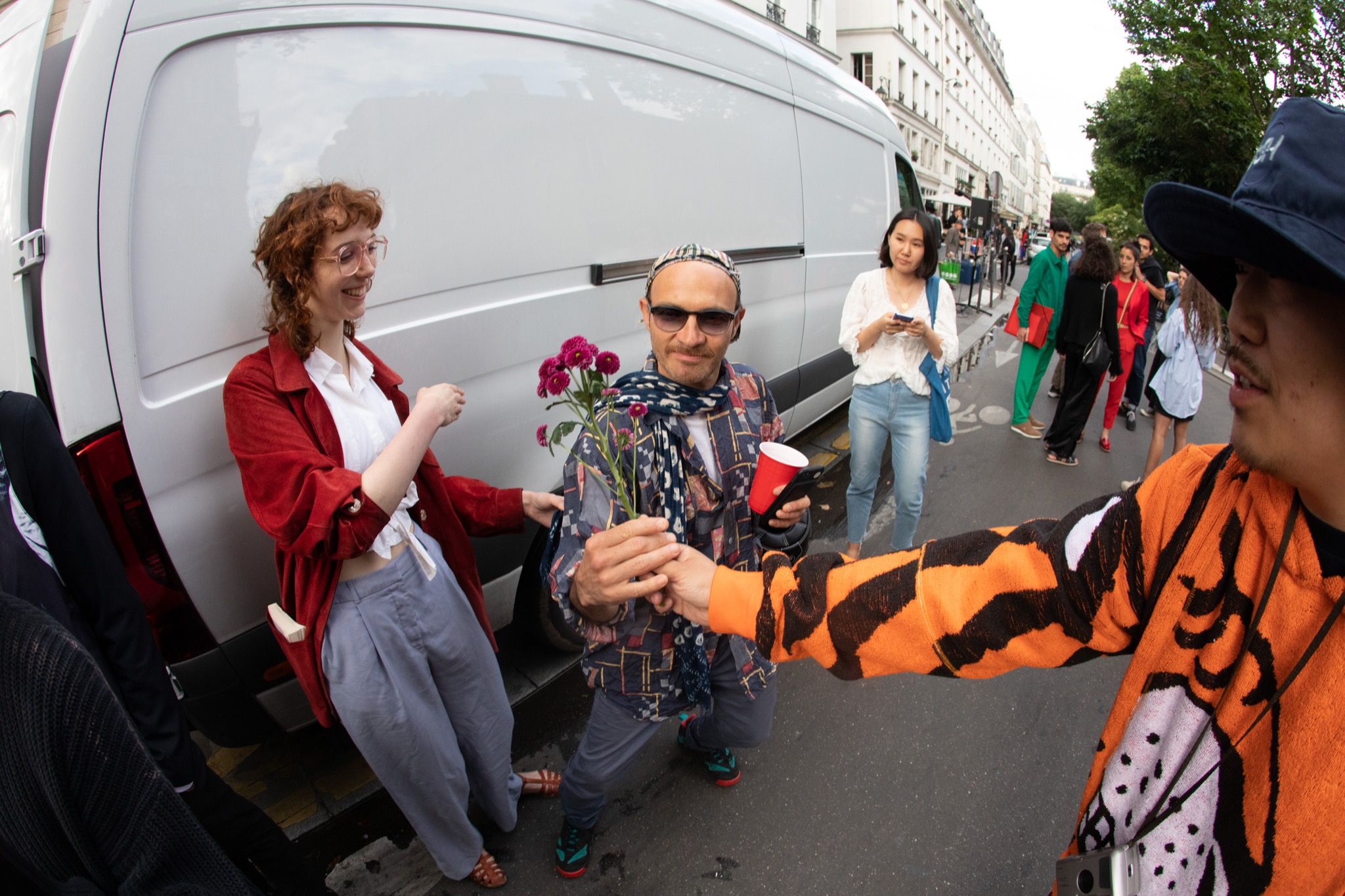
So are you optimistic about the future of fashion? Of the creative industries at large?
BRENDAN: Yes, absolutely. I think there is a lot of work to do as far as getting people to use less environmentally apocalyptic practices, but for the most part I believe it can be done. I survive on optimism.
CALI: In spite of everything, in spite of the bombardment of negativity we are faced with every day, I actually am optimistic. I see this happening again, and mutating each time into an animal that runs wild and free and out of control.
SHAUNA: I think our values in fashion are changing, and fashion is a reflection of society – so society will change too. As an optimist, I believe that humans will always have a desire to create and communicate, and that there will be space for that.
MISHA: Of course! We are all in this crap and bullshit that surrounds us together, but optimism is the promise and key to happiness. I’m not sure how creative we will be if we just drink brand-name coffee and stay in luxury Airbnbs, flicking through Instagram. But as long as we are inquisitive and curious and excited by the world and its wonder and energy, we will be creative. As Warhol said, it’s better to want than to have.
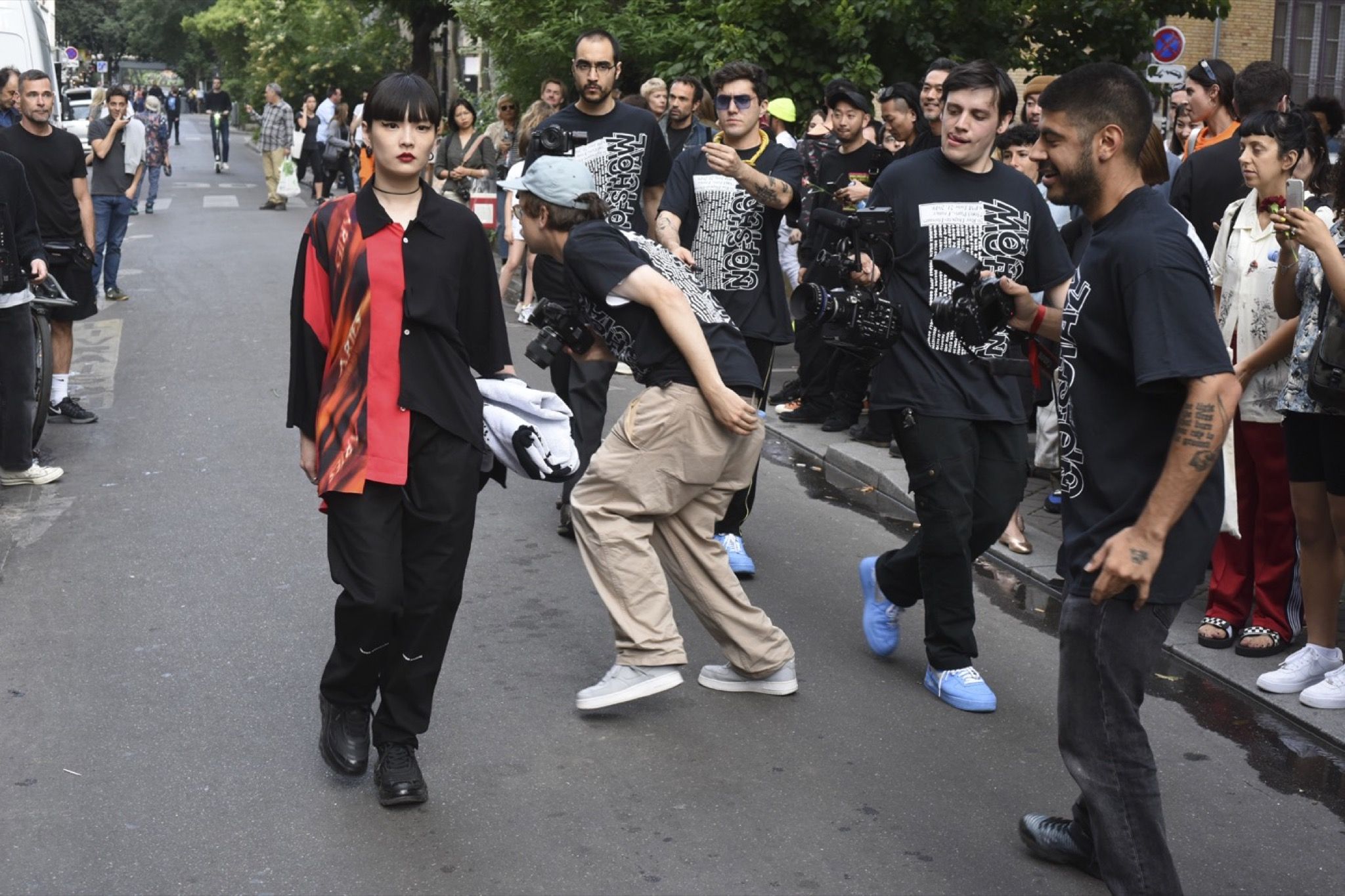
NO SHOW OFFICIAL
– You must have been afraid, surely?
– I’m always afraid.
– Do you think there is no downside to independence?
– It’s a complicated state, certainly, but be assured that nobody dies from it. At worst, it is another form of alienation.
– With the most basic principles?
– What? Not at all… an eye for an eye!
– You like playing don’t you?
– Sometimes. But you know, I have almost nothing on me today.
– What do you mean?
– I am wearing no brands. But I don’t feel naked because of it. I still had hope just a few months ago, but I’ve lost that now. Everything has vanished.
– I think people often resent others, but it is mainly against themselves that they are resentful.
– They will never stop being aggrieved at themselves.
– What are you doing here?
– I am about to watch a show, a sort of performance, where a large number of designers have blocked off the street for the day of the music festival. It takes place in the street where the O.F.R. is, near the Carreau du Temple. And they are setting off from there. Rue du Petit Thouars.
– That’s brave! Isn’t it disgusting?
– No, I like that slightly folk art aspect. Immersing yourself in the throng of a festival, where the police can’t prevent you from closing it off or making a noise. I really quite like it. I find it generous-spirited, risqué, and non-elitist.
– That reminds me of the Night of the creation.
– What?
– Forget it. It was a vague concept, an initiative of my home town, about 200 km from Paris, which, in the 90s decided to give young people their voice by giving a show at the mairie!
– It also has elements of the Basler Fasnacht, that carnival in Basel where all those monsters’ heads released into the world encompass the anonymity of its inhabitants.
– The twilight of the vanities, its final fair.
– Or a washout, yes, a little, but joyful at the same time.
– In this case, it’s more economical, there are 7 friendly brands that have decided to come together, a sort of ‘stylistic wife swap’, 7 independent names on the runway together, in mixed attire, ordered or disordered. There is Perks and Mini, Facetasm, Aries, United Standard, Some Ware, Adish, Come Tees. Everything is run by 5 stylists. Dangerous, isn’t it?
– What will you be doing in all this?
– They are asking me to write about it, but I think it’s pretentious to put words to it. This is a community initiative, and here I am staring at the computer, quite alone.
– Keep it simple.
– Almost! I have this phrase borrowed from a book by Guillaume Dustan, following the rediscovery of his films at the Treize. I think it really fits with the event, but it’s the polar opposite. Nevertheless, it does fit well with it.
– Tell me.
– “First they will try to bury you with insults. Then with compliments. Everything is stifling and everything has implications.”
– Surprising. The opposite of the anonymity of the Basler Fasnacht.
– Yes, whereas this initiative accepts that there is no single idea that has been imposed under the tyrannical thrall of the creator. The spectators will have to take part by sometimes wearing the creations and they’ll be given a flower that they will have to give to someone else. You?
– It is a gesture of love isn’t it? I had a friend – when we went into his parents’ house there was this inscription on a wooden panel: “Because there is nothing without love”.
– You see: you’re there.
– Yes, one now needs to avoid any rigid sort of thinking. Creation? This is simply a constellation of united wills, an environment that is favourable and favoured for the spectator or a space like a container to be refilled anew each time.
– That this idea of the performative – from the narcissistic point of view of the event I mean – is effaced to the benefit of shared wishes, of desires that intermingle. Or cancel each other out?
– Come, join me.
– OK, and what do we do afterwards?
– We do during. There is one hell of a sound, a sound system from Switzerland, lots of labels will be playing there like Gravats, Collapsing Market, And poets. Come.
Fabrice Paineau, No Show Official (2019)
Interested in reading more about new forms of collaborative work being explored in all disciplines? Purchase the new 032c Issue #36 for the cover dossier on “Working Out Loud”: a strategy for a better career and life, plucked from the cutting edge of corporate management theory and appropriated for creative practice.
Credits
- No Show Official Text: FABRICE PAINEAU
- Photography: PIOTR NIEPSUJ
- Photography: LUKAS GANSTERER
- Photography: ANDERS EDSTROM
- Photography: NICK SETHI
- Photography: CAMILLE VIVIER
- Fashion: FRANCESCA CEFIS
- Fashion: KUBO GR8
- Fashion: RIKU OSHIMA
- Makeup: GIULIA CIGARINI
- Location: OFR PARIS
- Fashion: BERENGER PELC
- Sound System: LOW JACK
- Collapsing Market: SHAUNA TOOHEY
- : HARUKA HIRATA (BIG LOVE)
- : THOMAS JEPPE
